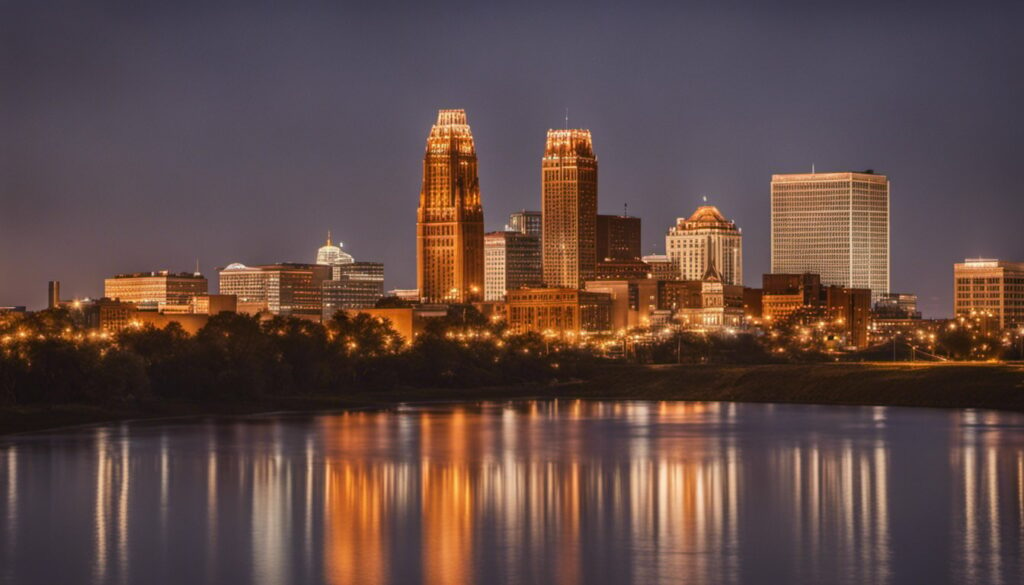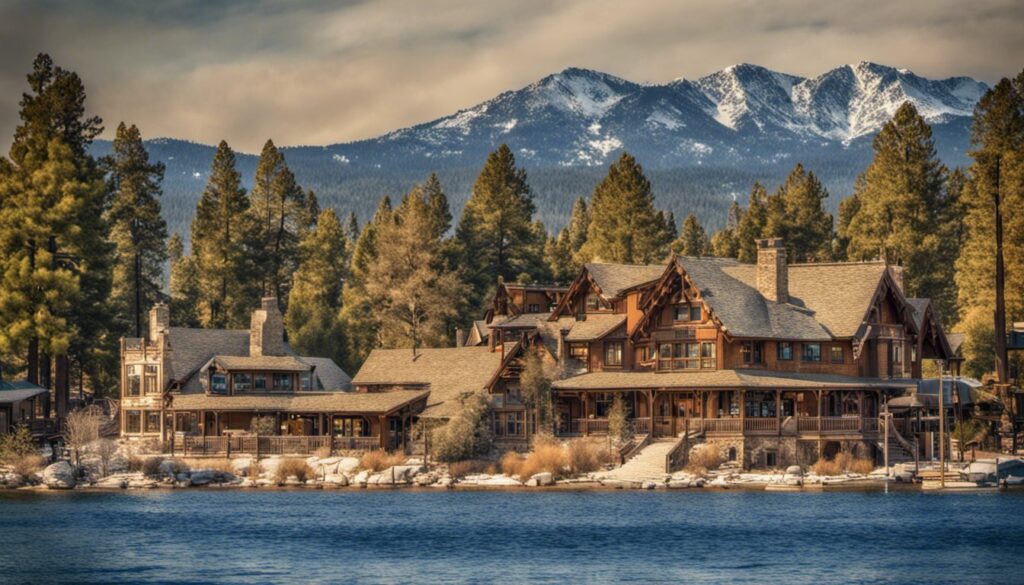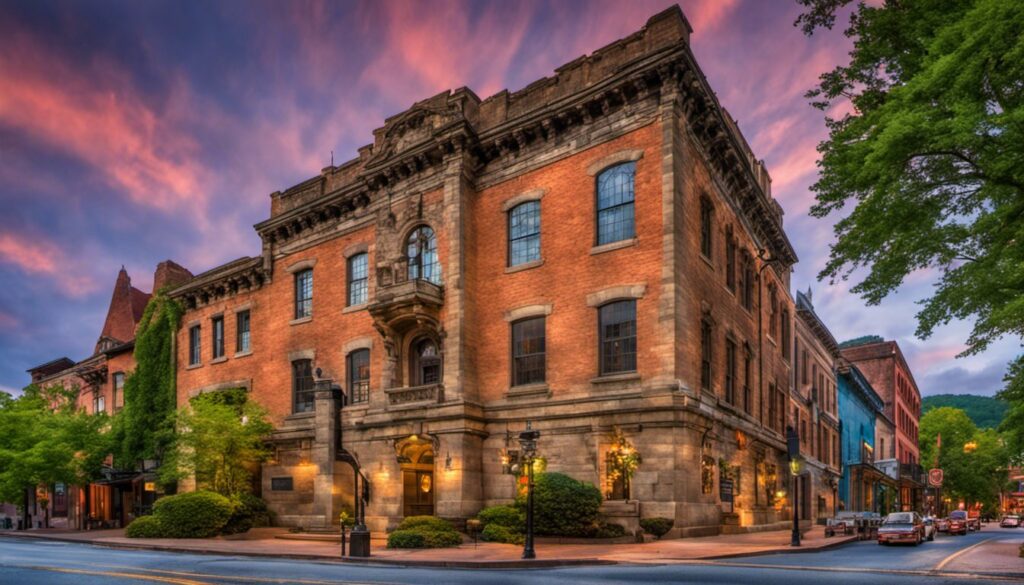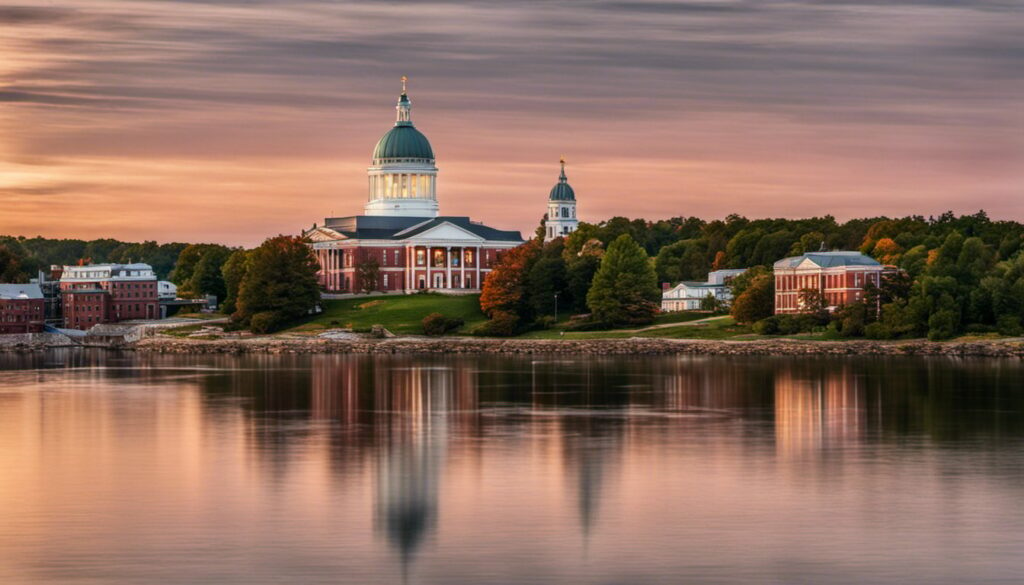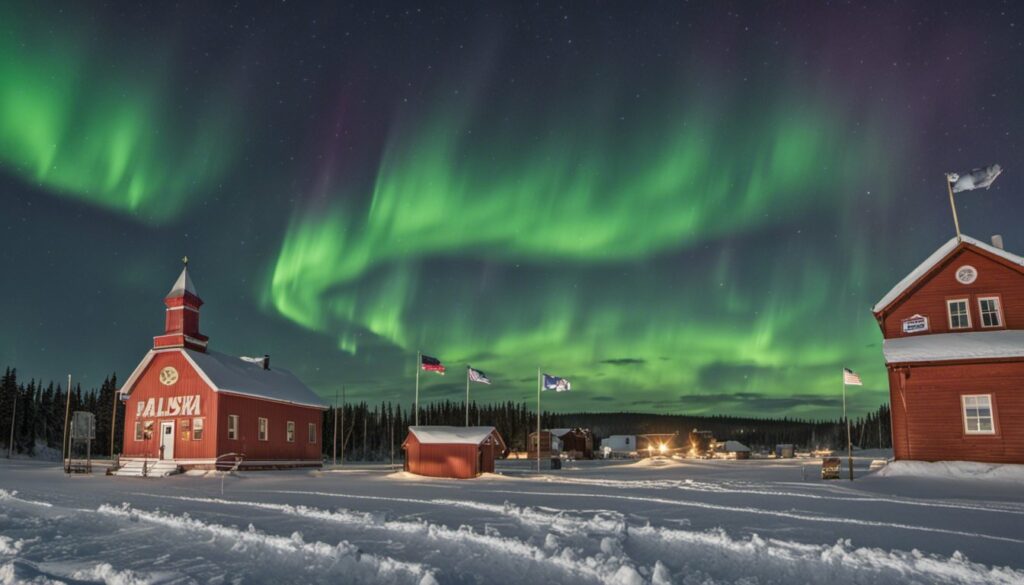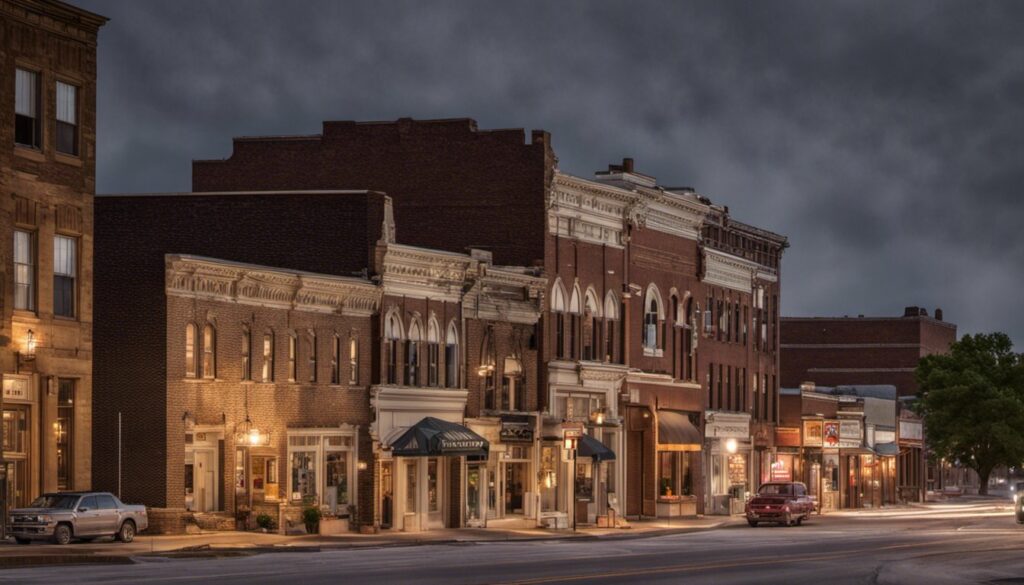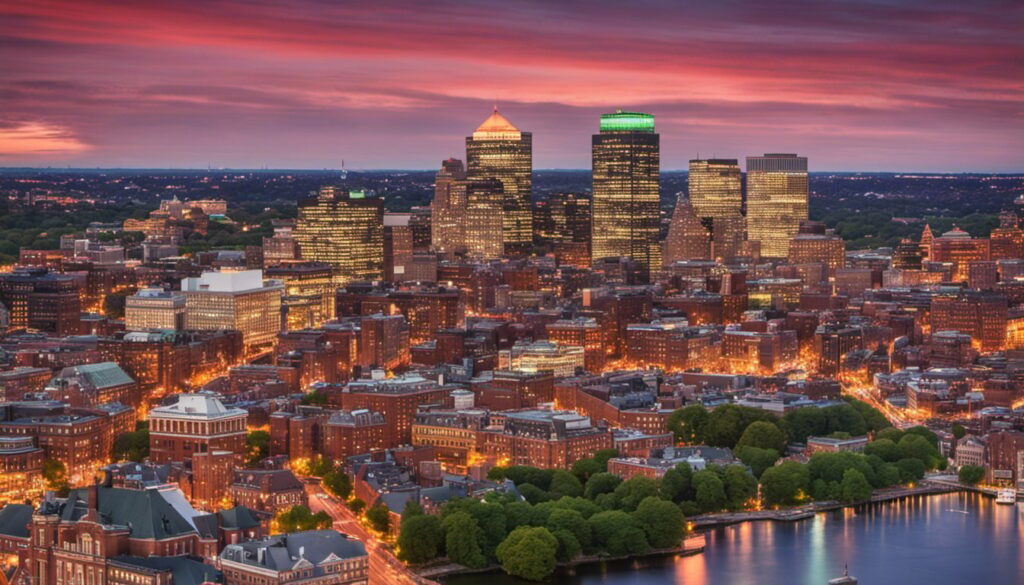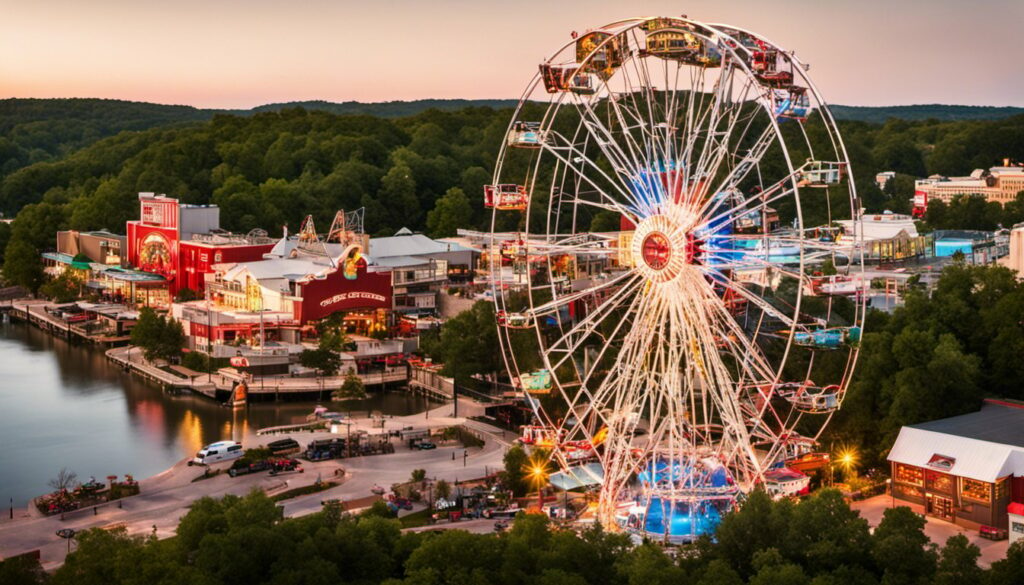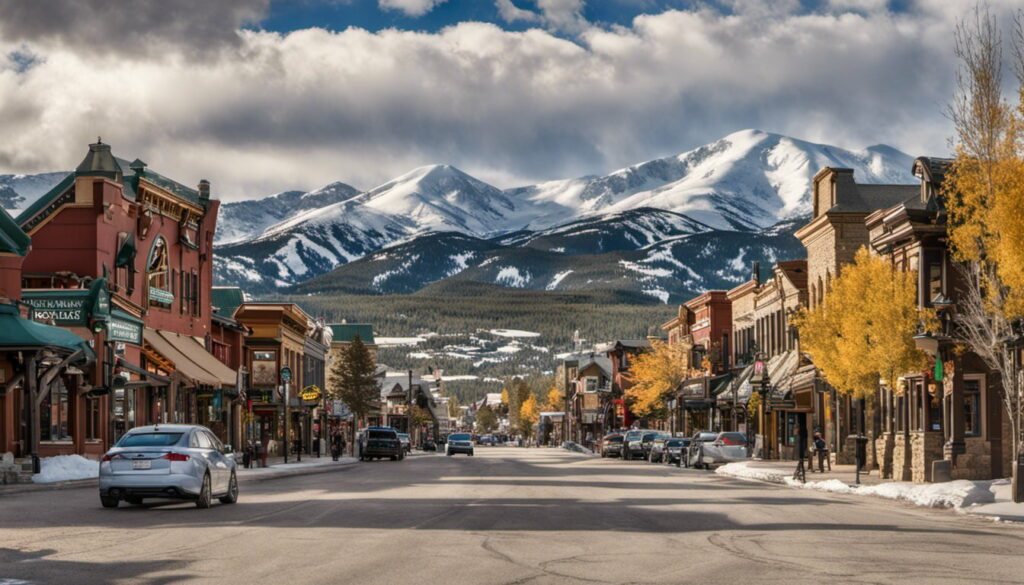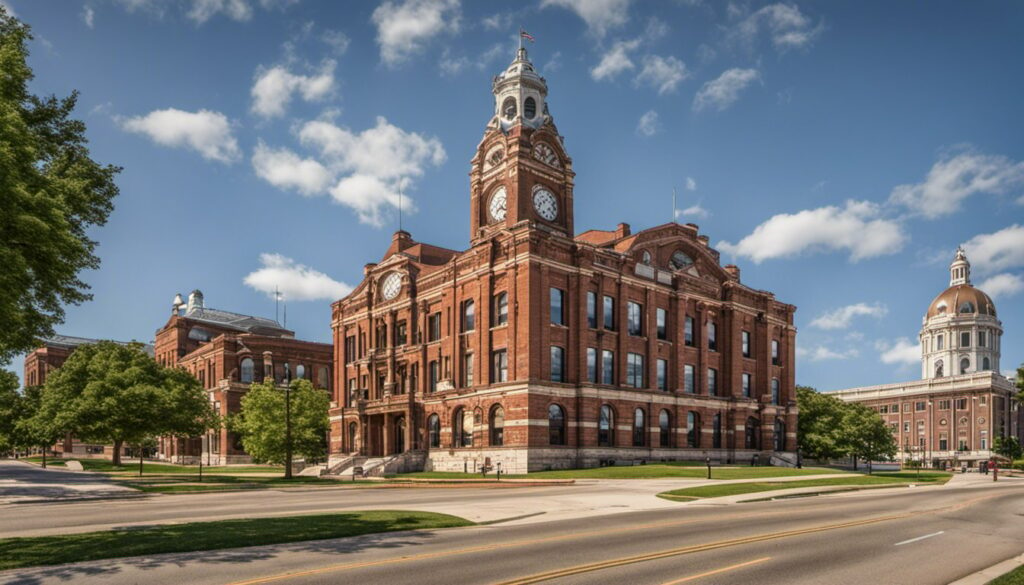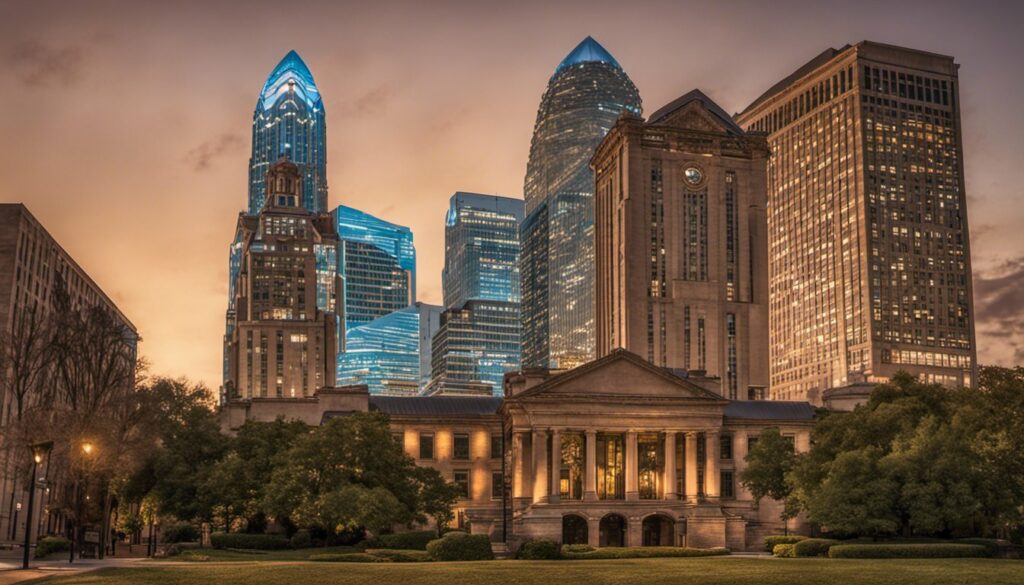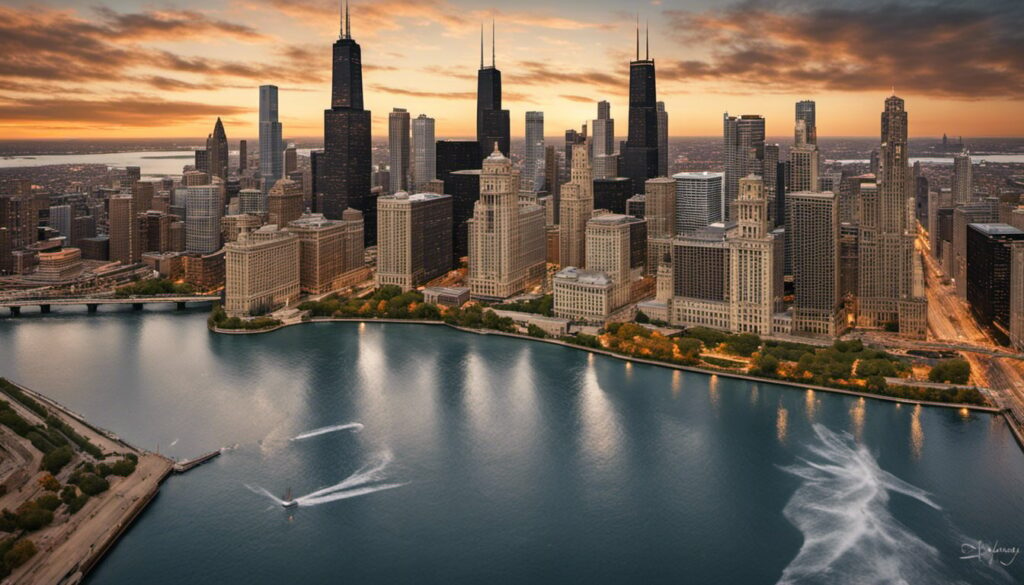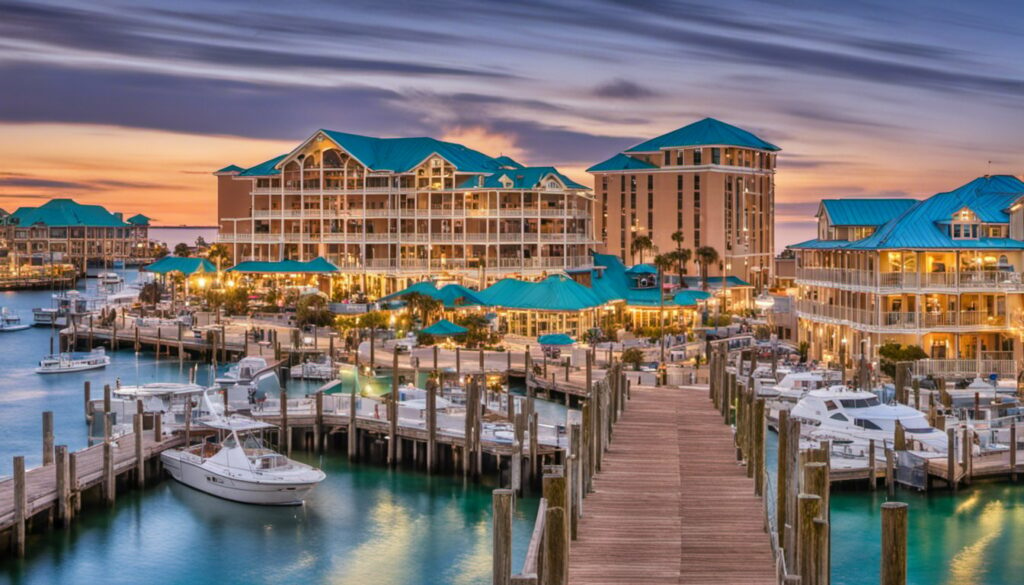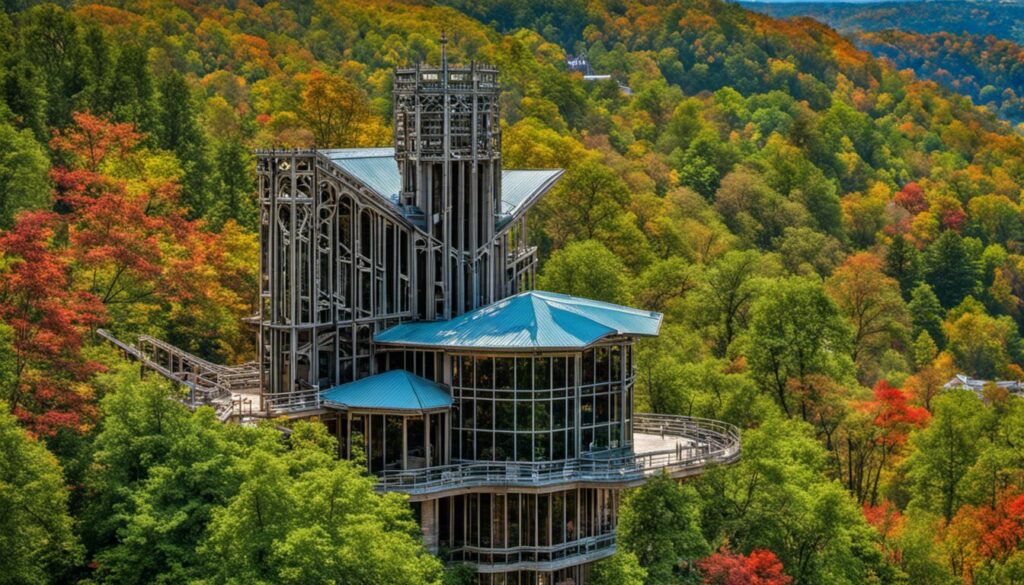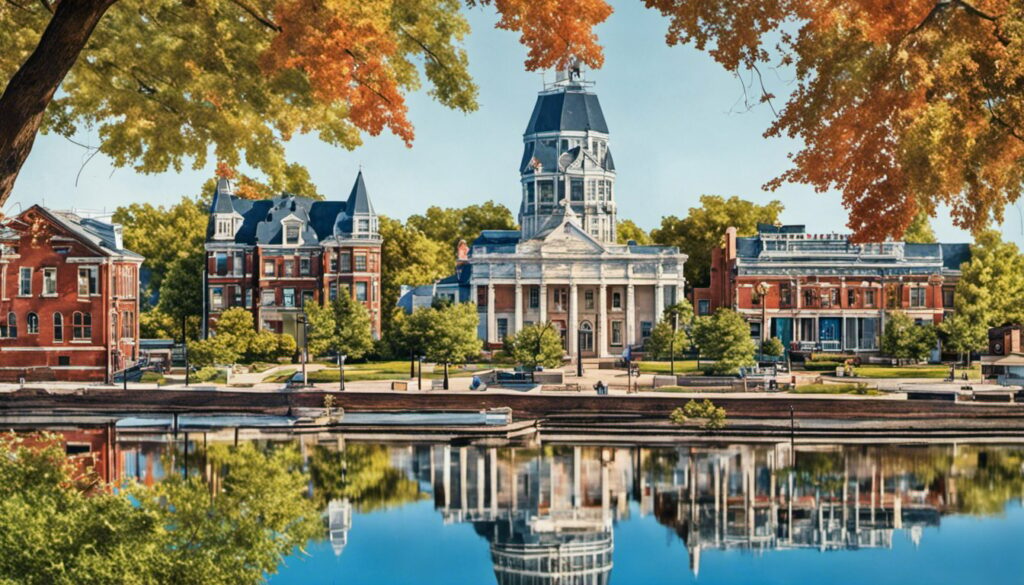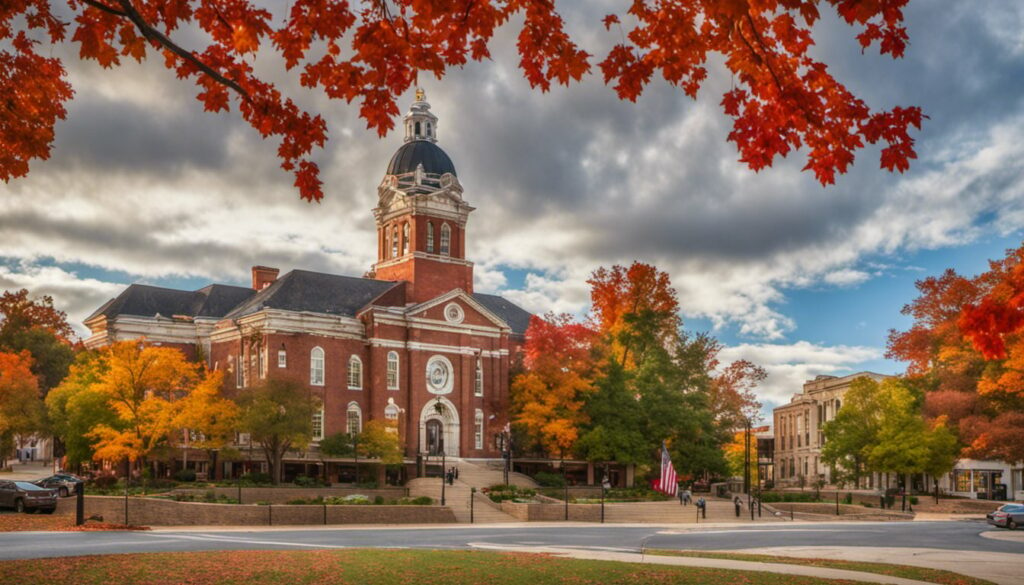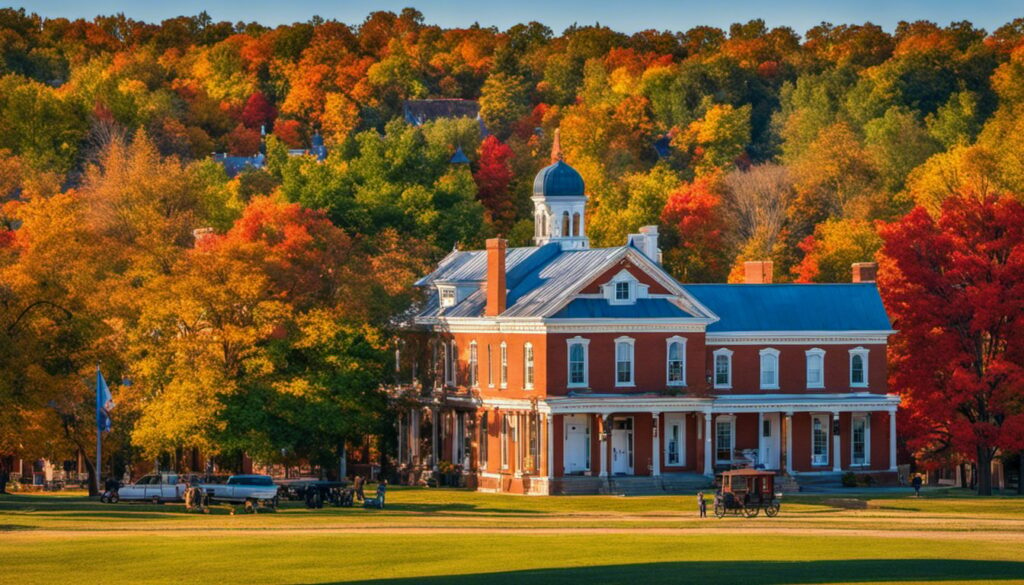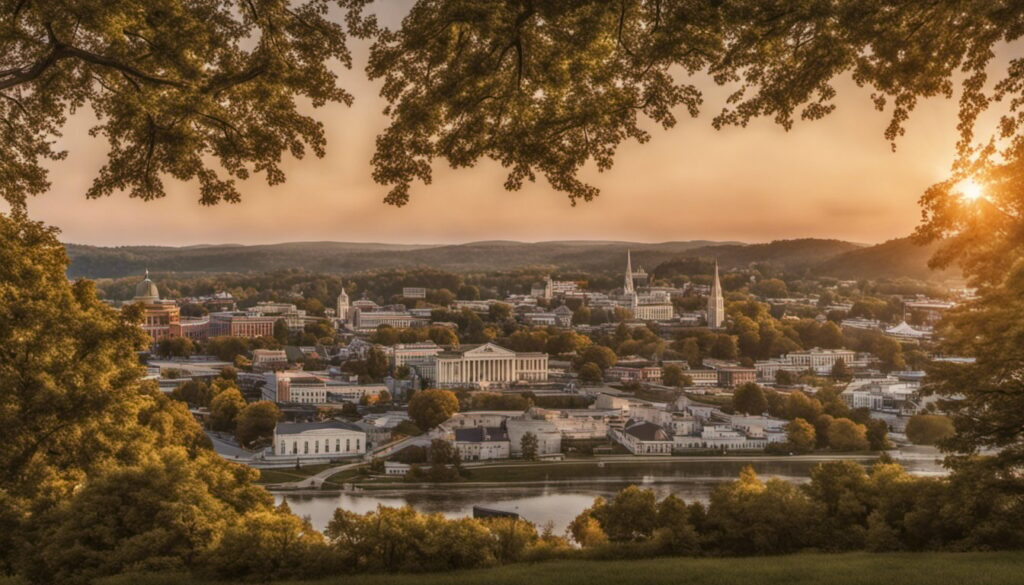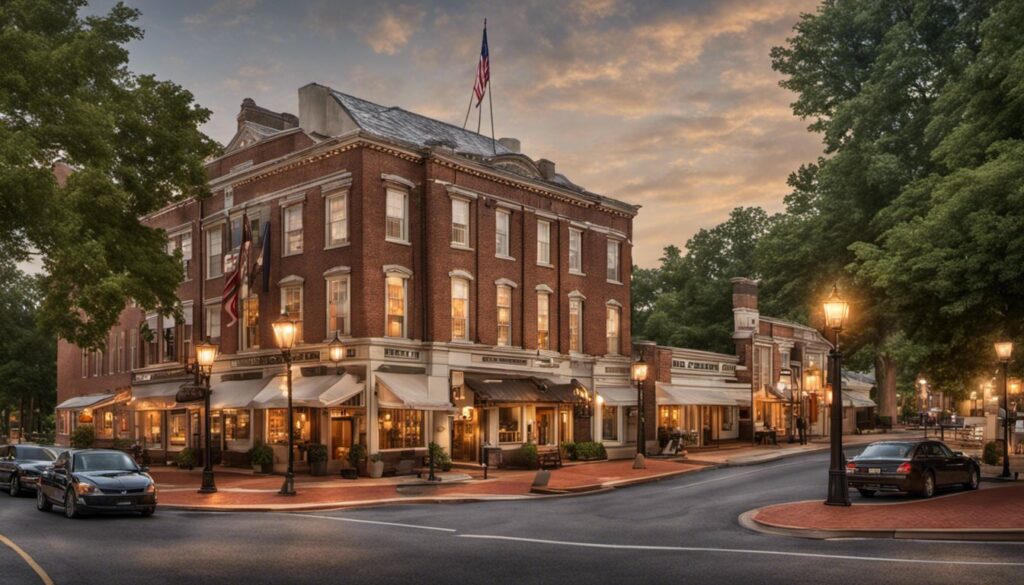Table Of Content
- Explore Tulsa’s Rich History: A Listicle of Famous Landmarks and Historical Sites
- Historical Significance of Tulsa
- Architectural Landmarks in Tulsa
- Museums and Cultural Centers
- Historic Sites and Monuments
- Exploring Tulsa: Route 66 and Beyond
- Tulsa in Pictures: A Visual Journey
- Hotels and Accommodations
- The Impact of the Oil Industry
- Tulsa’s Unique Natural Landscapes
- Conclusion
- Frequently Asked Questions
Explore Tulsa’s Rich History: A Listicle of Famous Landmarks and Historical Sites
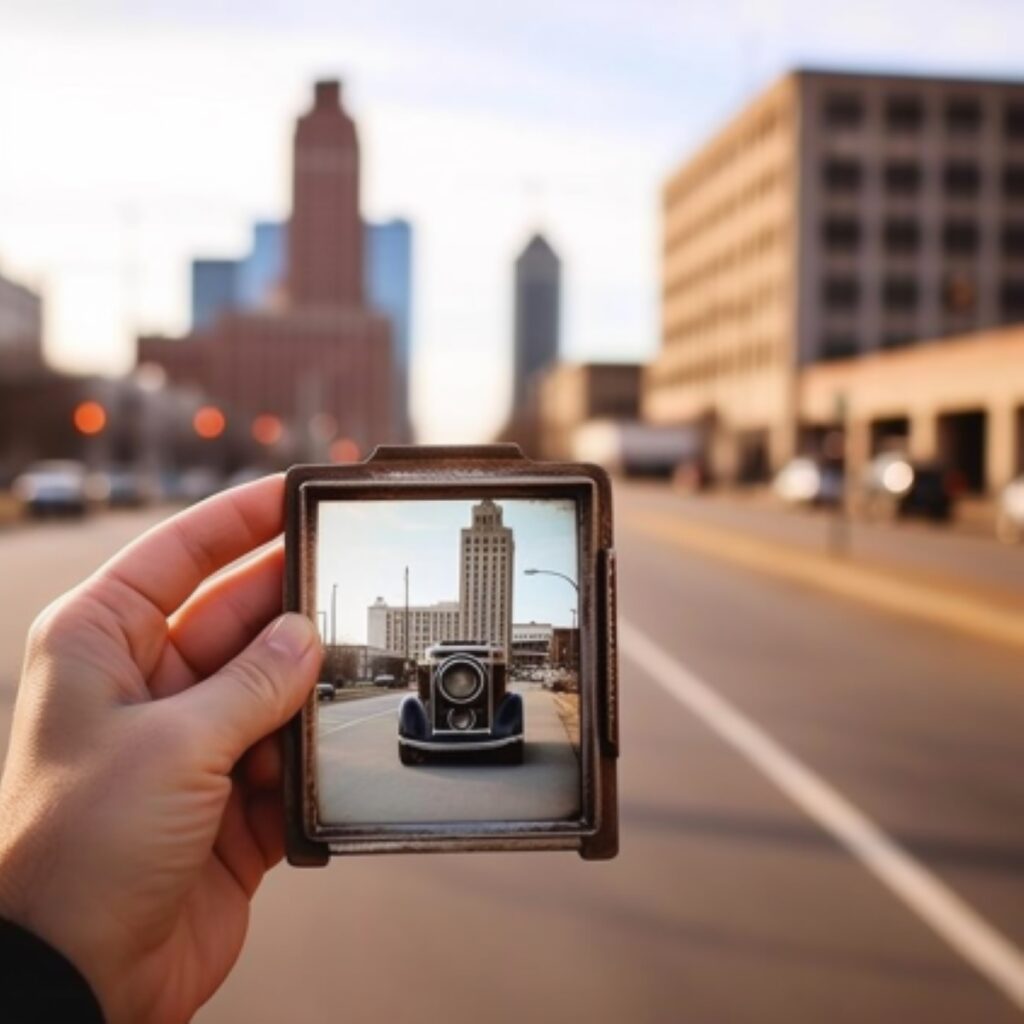
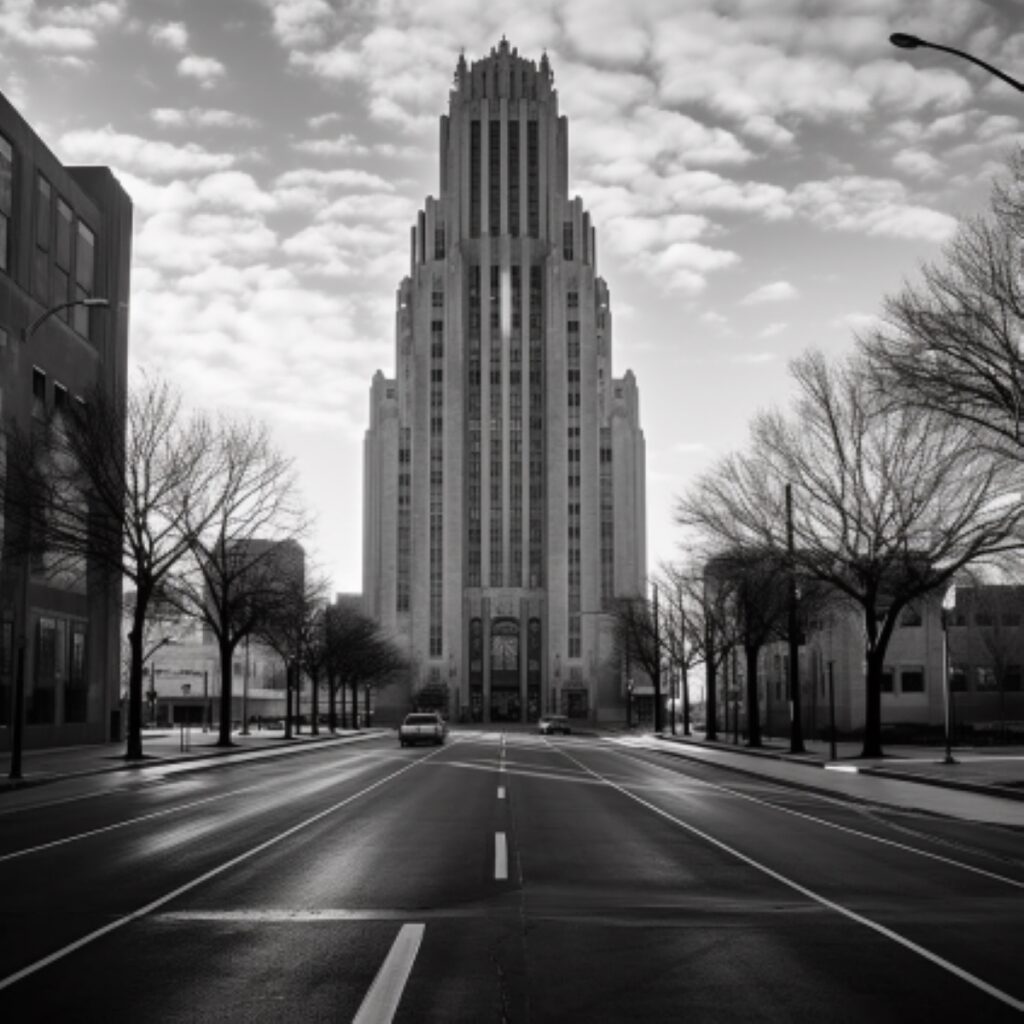
Are you planning a trip to Tulsa, Oklahoma? If so, you’re in for a treat! Tulsa is a city with a rich history and a variety of landmarks and sites that are worth exploring. From museums and cultural centers to historic sites and monuments, there’s something for everyone in Tulsa.
One of the most significant aspects of Tulsa’s history is its connection to the oil industry. The city was once known as the “Oil Capital of the World,” and you can still see the impact of the industry today. But Tulsa is much more than just oil – it’s a city with a unique natural landscape, fascinating architecture, and a vibrant culture. In this article, we’ll take a look at some of the most notable historical sites and famous landmarks in Tulsa, Oklahoma.
Key Takeaways
- Tulsa is a city with a rich history and a variety of landmarks and sites that are worth exploring.
- The city’s connection to the oil industry is one of its most significant aspects, but Tulsa is much more than just oil.
- From museums and cultural centers to historic sites and monuments, there’s something for everyone in Tulsa.
Historical Significance of Tulsa
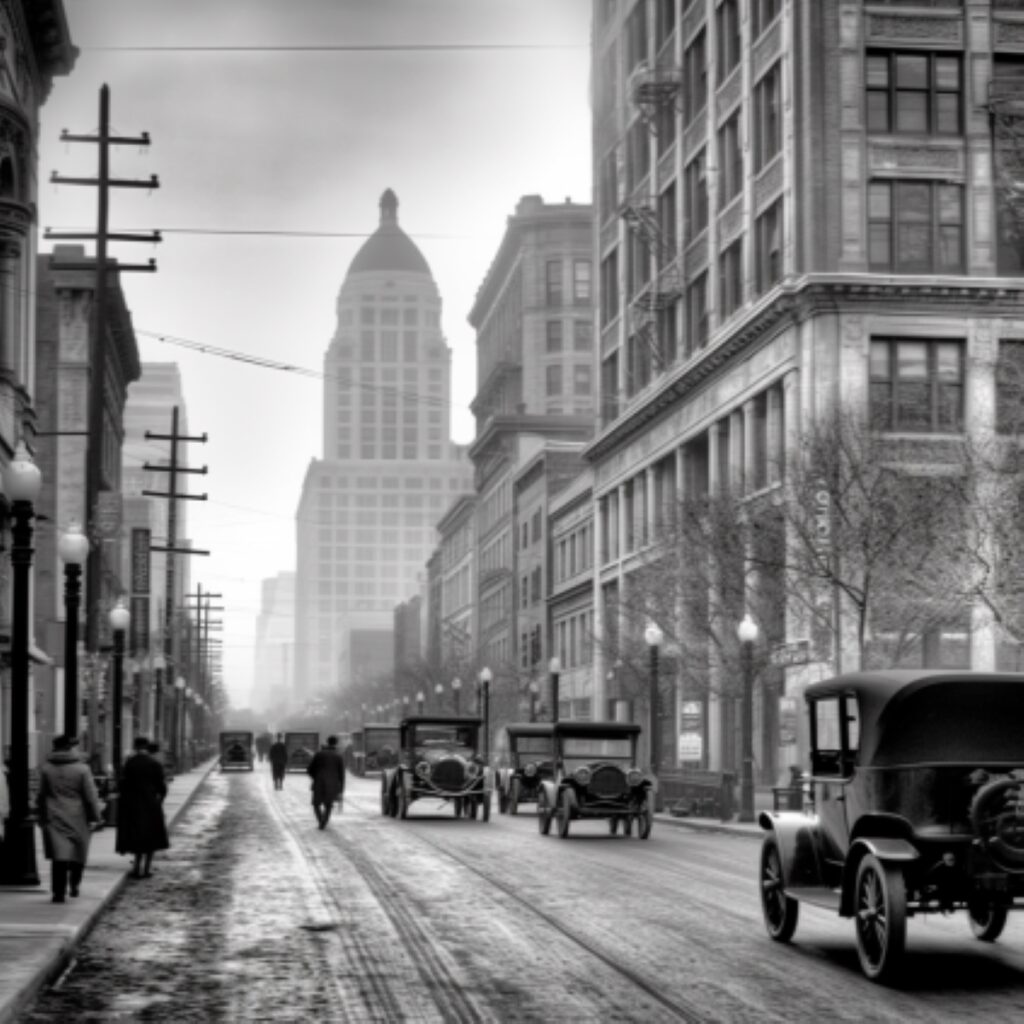
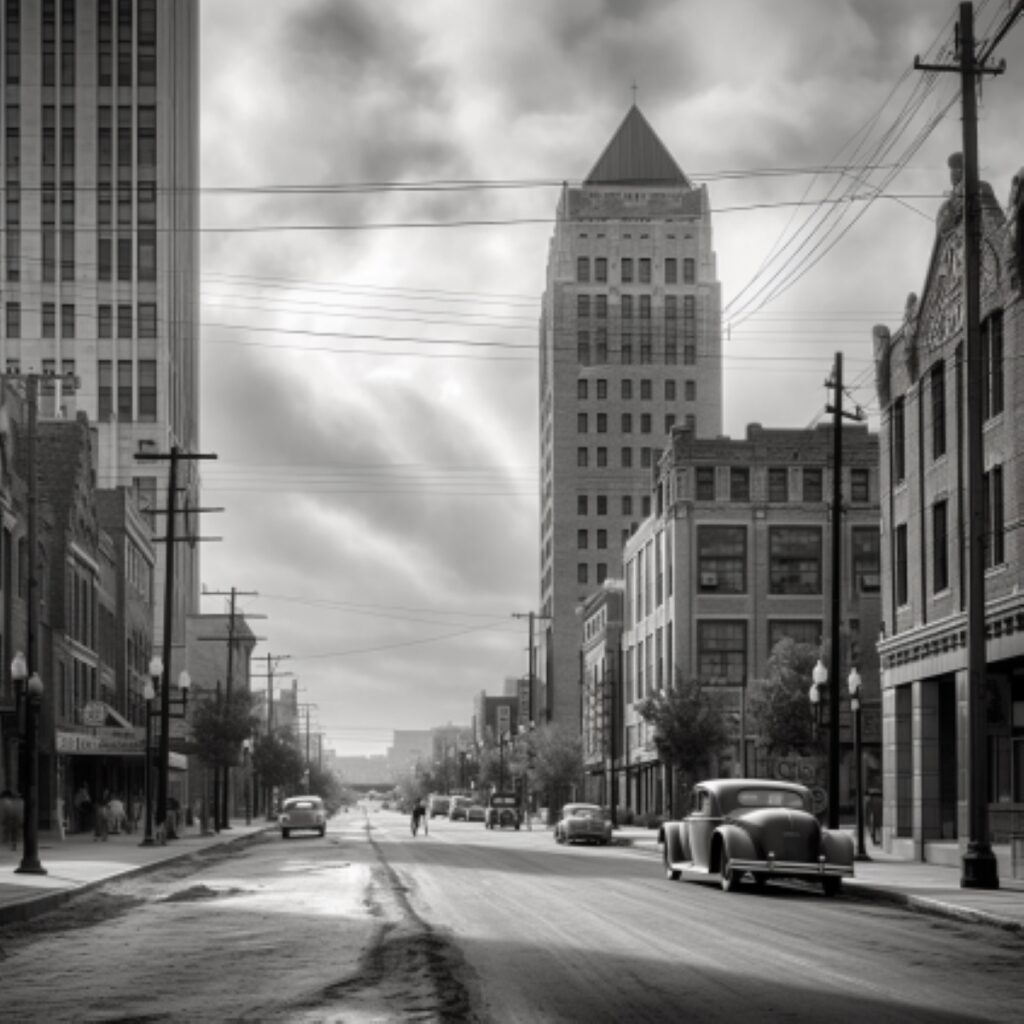
Tulsa, Oklahoma is a city with a rich and diverse history that spans centuries. The city was settled by the Creek Native American tribe between 1828 and 1836, and later became home to the Cheyenne tribe. Tulsa’s early history was shaped by the discovery of oil in the area, which led to an oil boom in the early 1900s.
The discovery of oil had a profound impact on Tulsa’s economy and population growth. The city quickly became known as the “Oil Capital of the World” and played a major role in the petroleum industry. The population of Tulsa grew rapidly during this time, with people from all over the world coming to the city to work in the oil fields.
Today, Tulsa is home to several historic districts, including the Greenwood District, which was once known as the “Black Wall Street.” The Greenwood Cultural Center is a must-visit landmark that celebrates the history and culture of Tulsa’s African American community.
Tulsa’s oil boom era is also celebrated at several landmarks throughout the city, including the Golden Driller statue, which stands at 75 feet tall and is a symbol of Tulsa’s oil industry. The city’s National Register of Historic Places also includes many sites related to Tulsa’s oil history, such as the Philcade Building and the Tulsa Union Depot.
In summary, Tulsa’s history is a fascinating blend of Native American culture, oil boom prosperity, and diverse populations. Whether you are interested in exploring the city’s historic districts, visiting landmarks related to the petroleum industry, or learning about Tulsa’s Native American heritage, there is something for everyone in this exciting city.
Architectural Landmarks in Tulsa
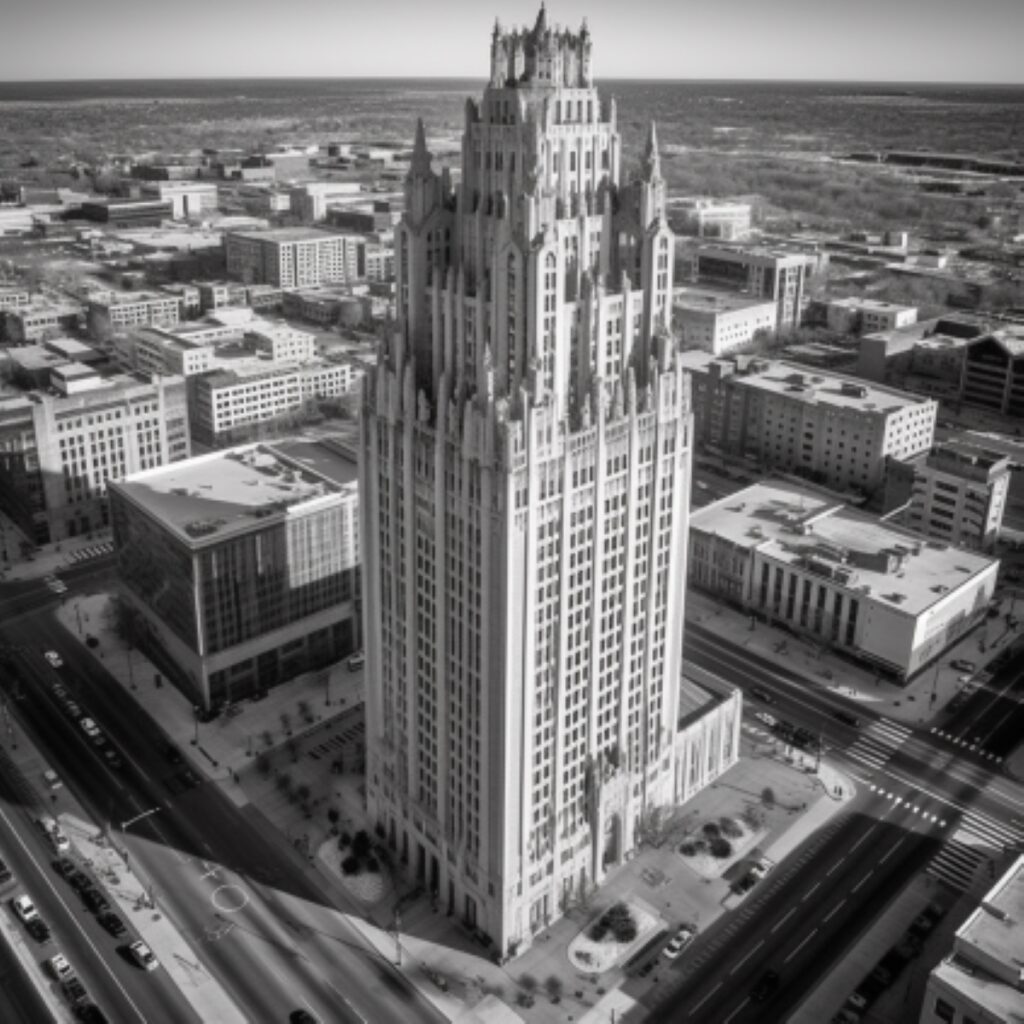
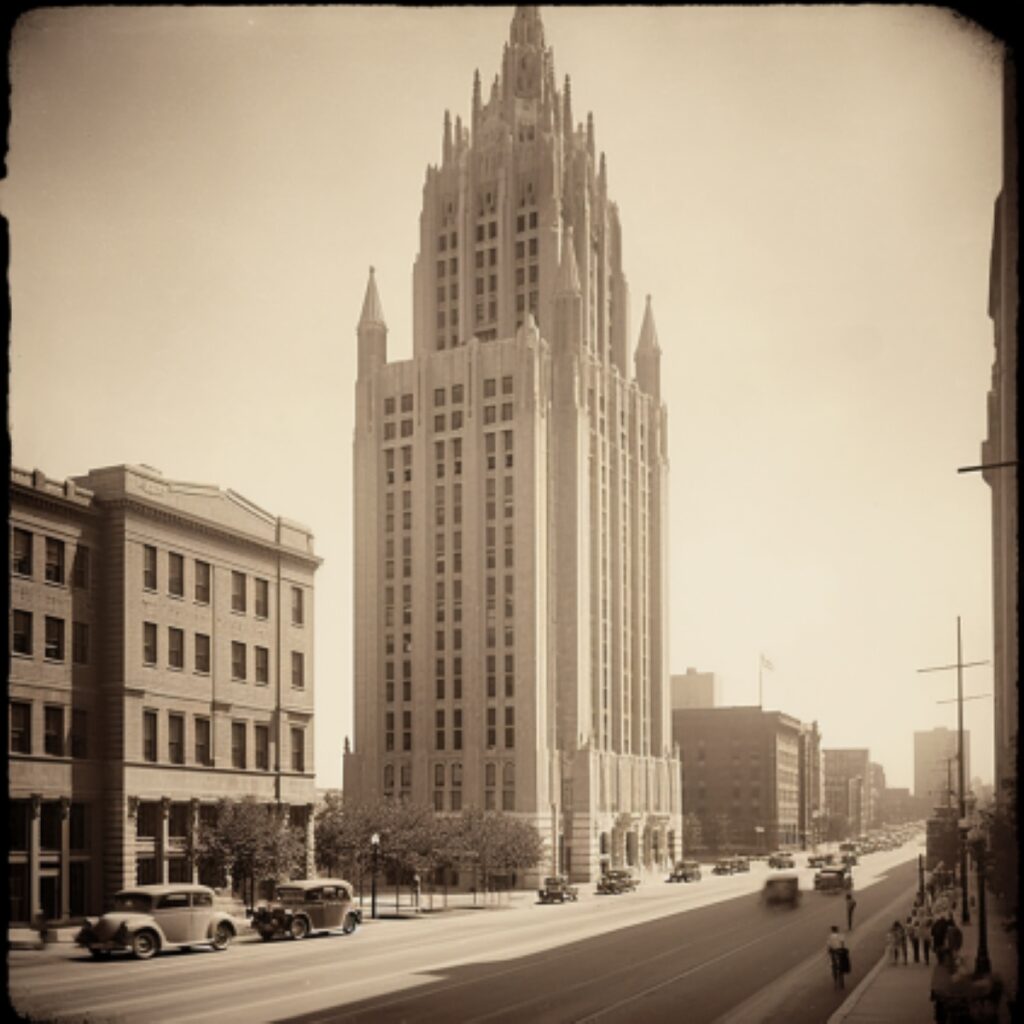
Tulsa is known for its unique and diverse architecture, ranging from Art Deco buildings to historic walking areas. Here are some of the architectural landmarks you should not miss during your visit to Tulsa.
Art Deco Buildings
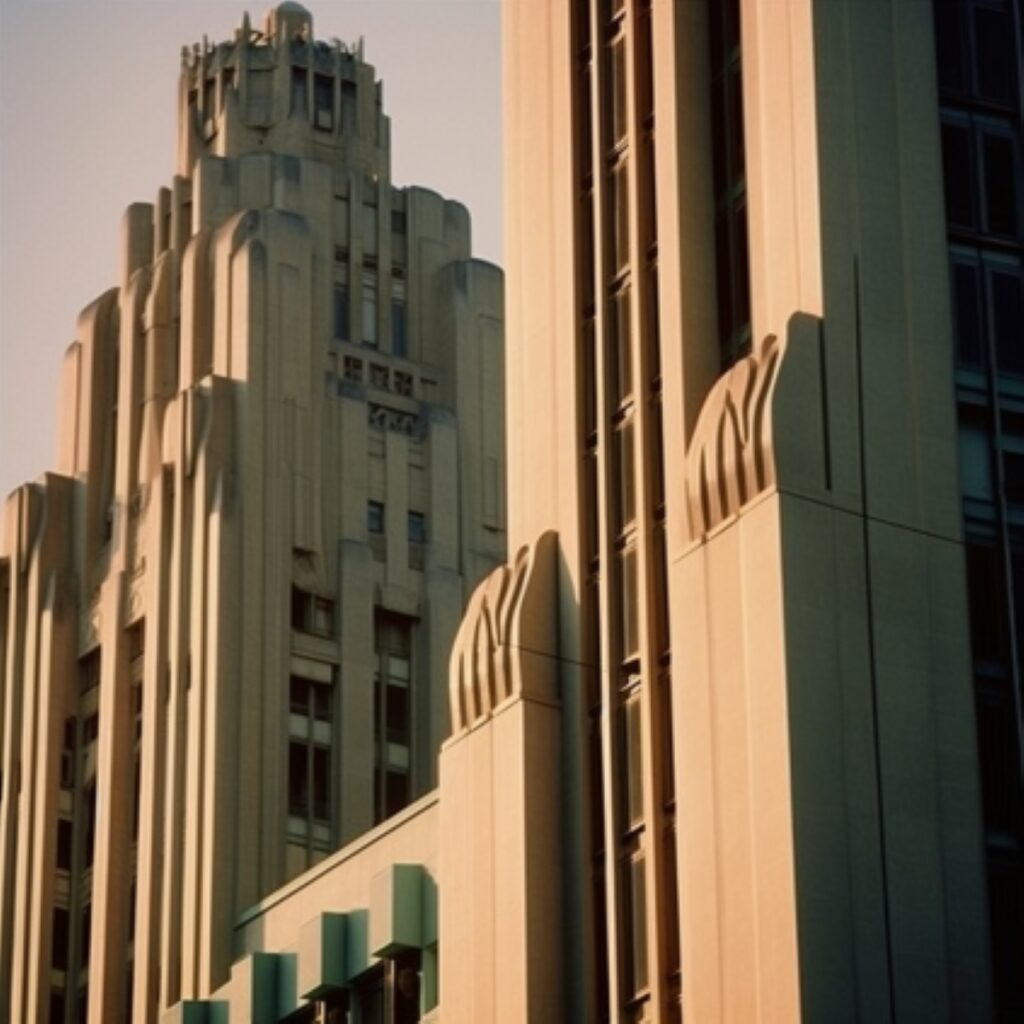
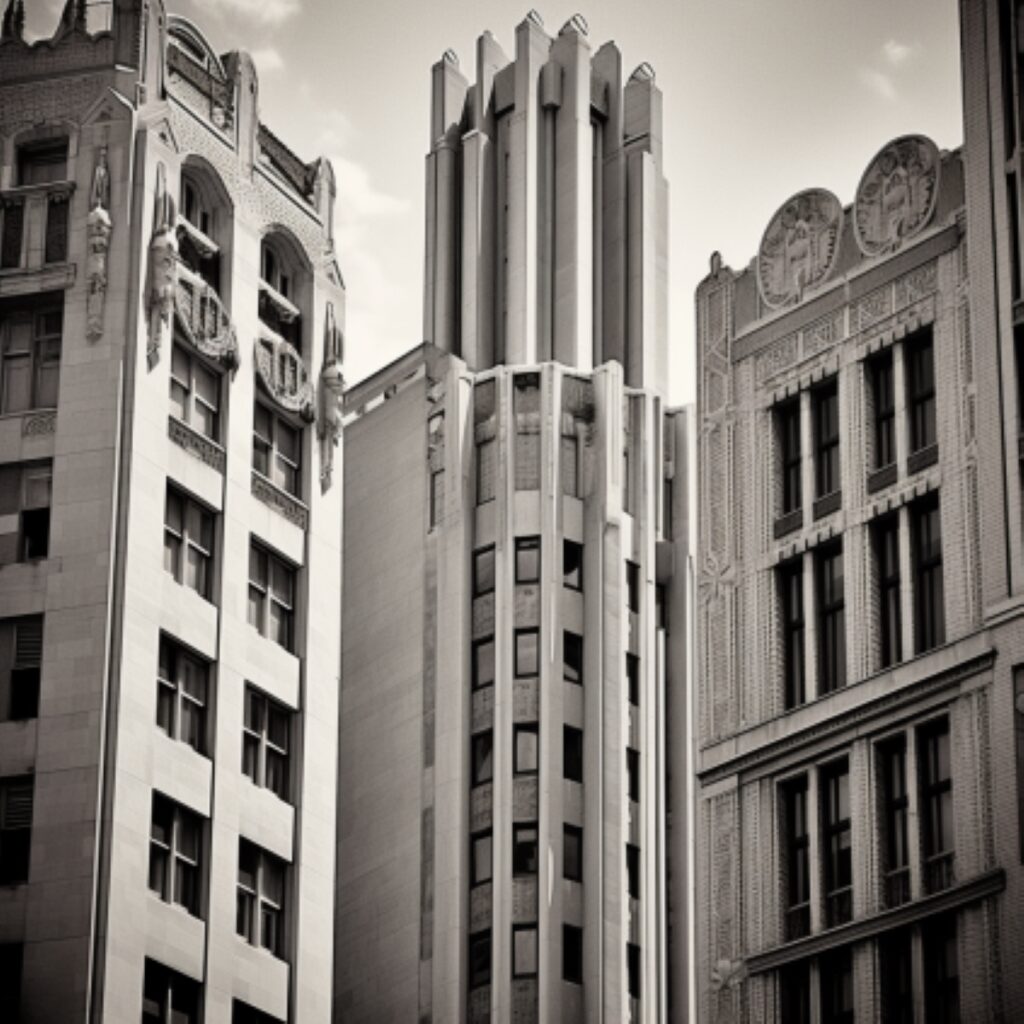
Tulsa is home to some of the most stunning Art Deco buildings in the world. One of the most famous Art Deco buildings in Tulsa is the Boston Avenue Methodist Episcopal Church. This church is a National Historic Landmark and is known for its intricate limestone carvings and beautiful stained-glass windows.
Another Art Deco building worth visiting is the Ambassador Hotel. This hotel was built in 1929 and features an elegant lobby with a stunning chandelier and marble floors. The hotel has been recently renovated and is now a popular destination for tourists visiting Tulsa.
Historic Walking Areas
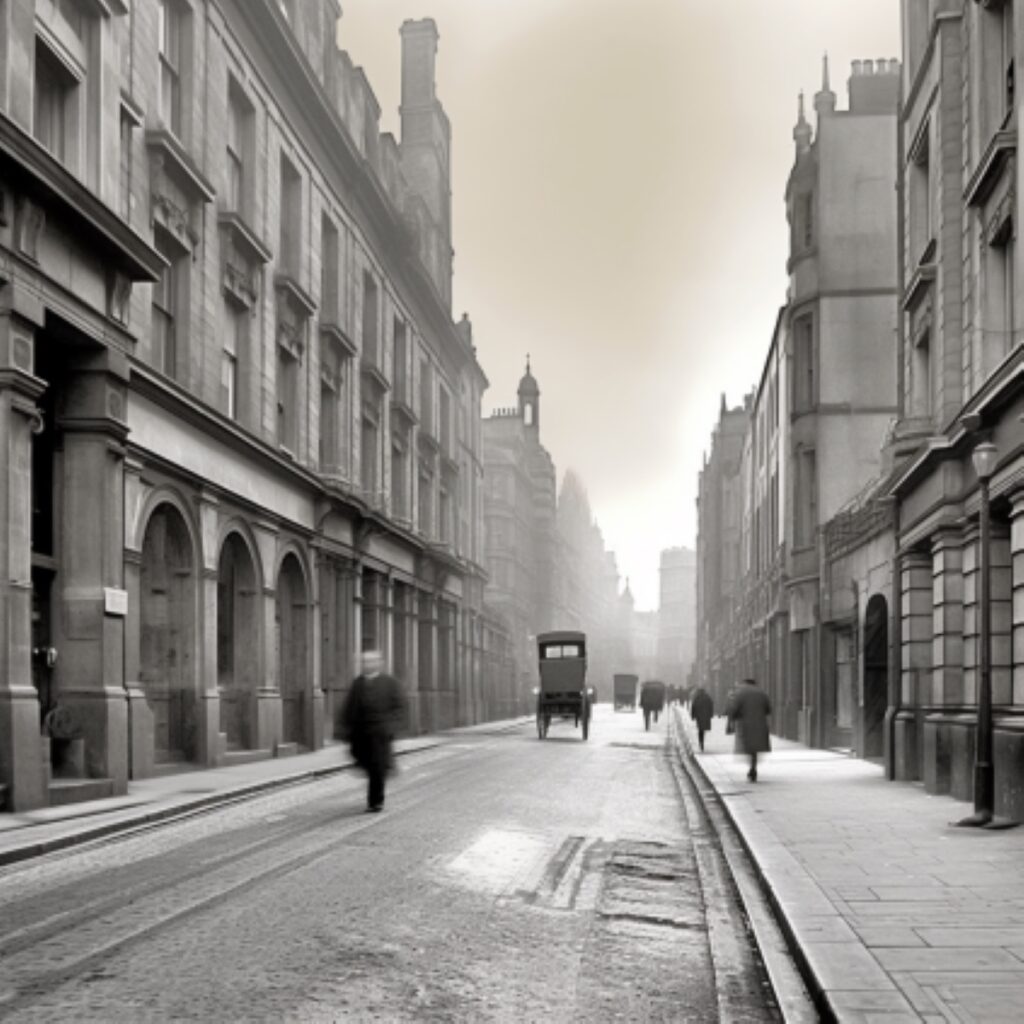
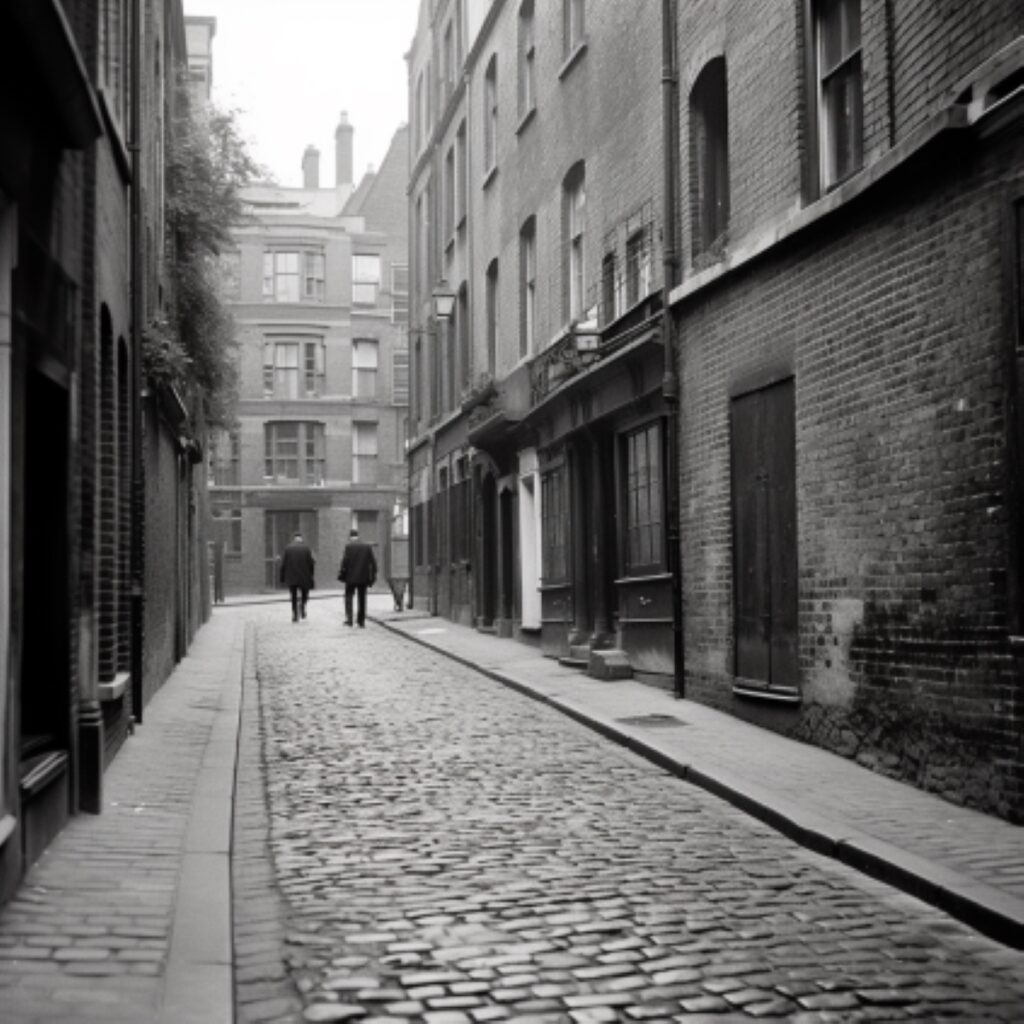
If you’re interested in history and architecture, you’ll love exploring the historic walking areas in Tulsa. One of the most popular walking areas is the Brady Heights Historic District. This district is known for its beautiful Victorian-era homes and charming streets.
Another historic walking area worth exploring is the Creek Council Tree Site. This site is where the Creek Nation signed the Treaty of 1833, which forced them to move to Indian Territory. The site is now a park and features a statue of a Creek Indian and a plaque that explains the history of the treaty.
The Cave House
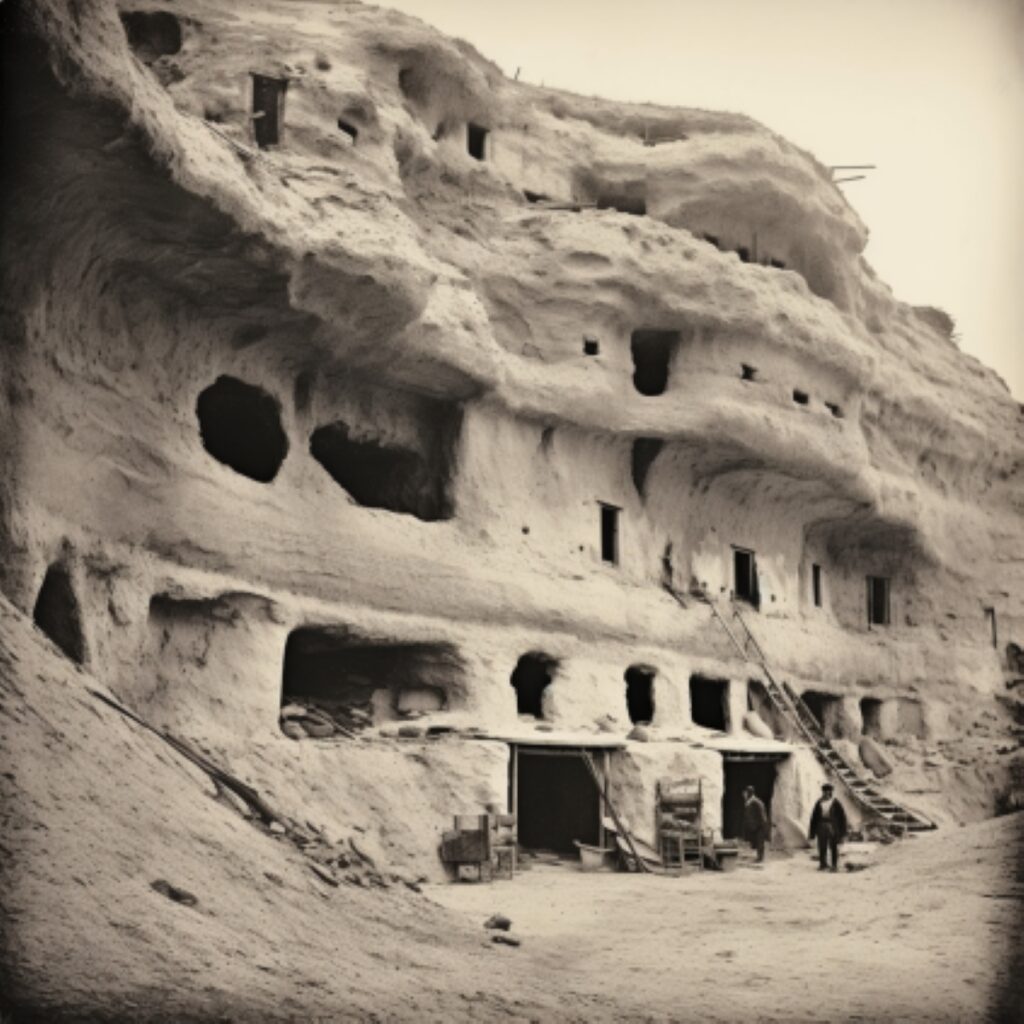
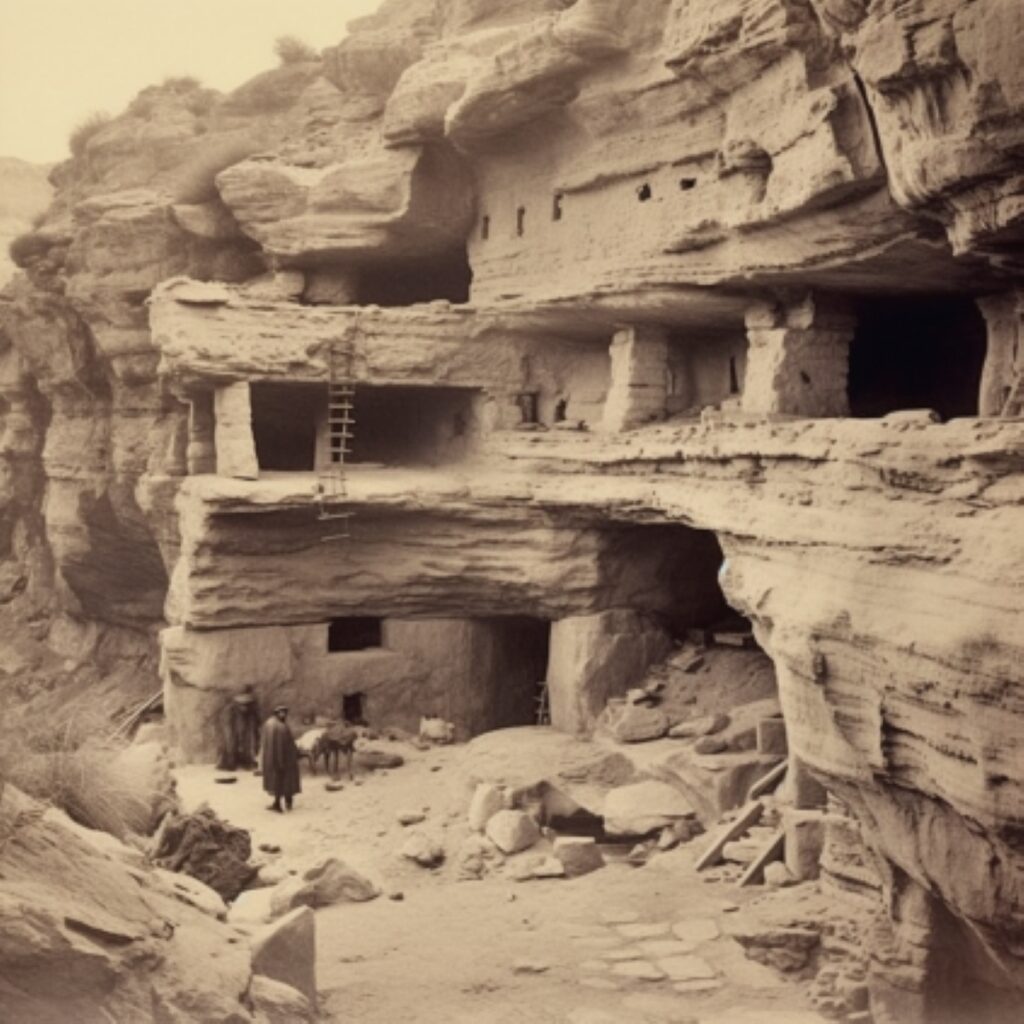
The Cave House is a unique architectural landmark in Tulsa that is worth visiting. This house was built in the 1920s and is carved into the side of a hill. The house features a beautiful garden and a stunning view of the city. The Cave House is also rumored to have been a speakeasy during Prohibition.
These are just a few of the architectural landmarks you should visit during your trip to Tulsa. Whether you’re interested in Art Deco architecture, limestone carvings, or historic walking areas, Tulsa has something for everyone.
Museums and Cultural Centers
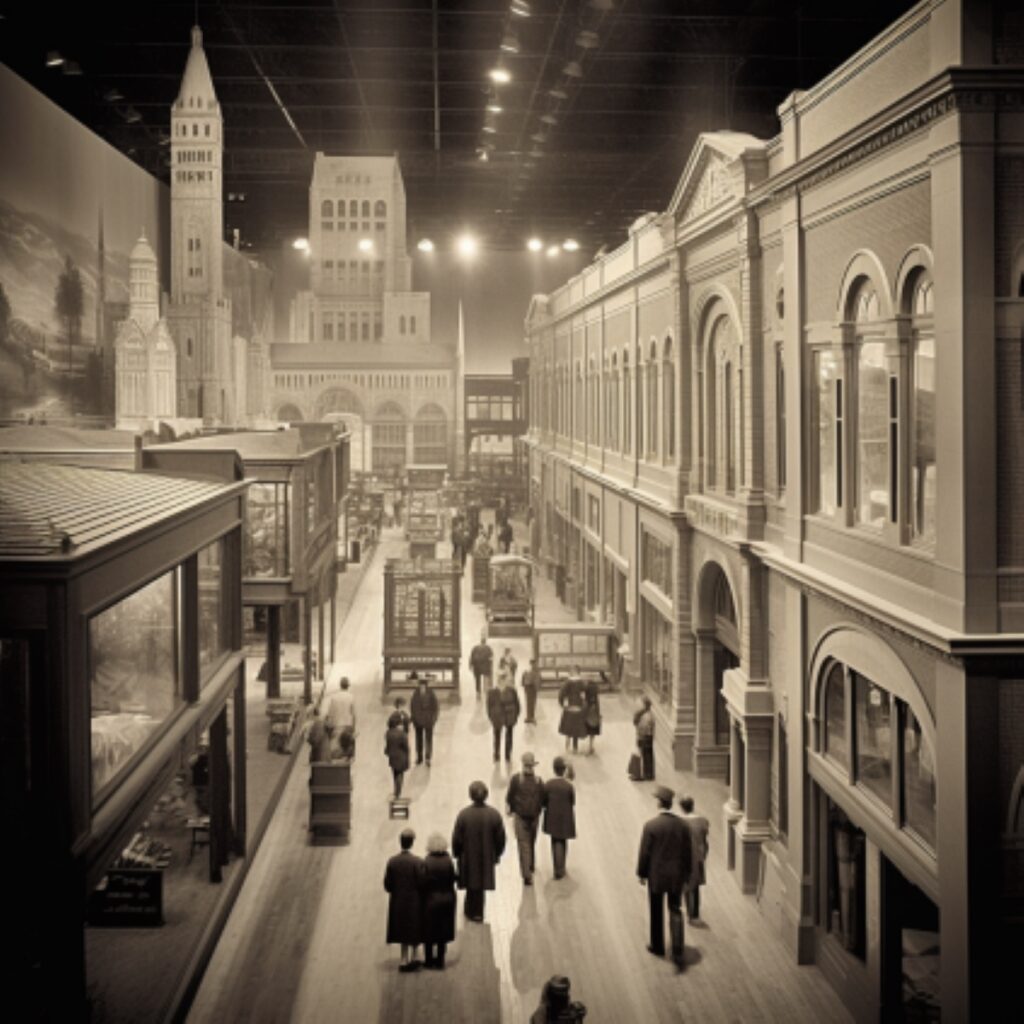
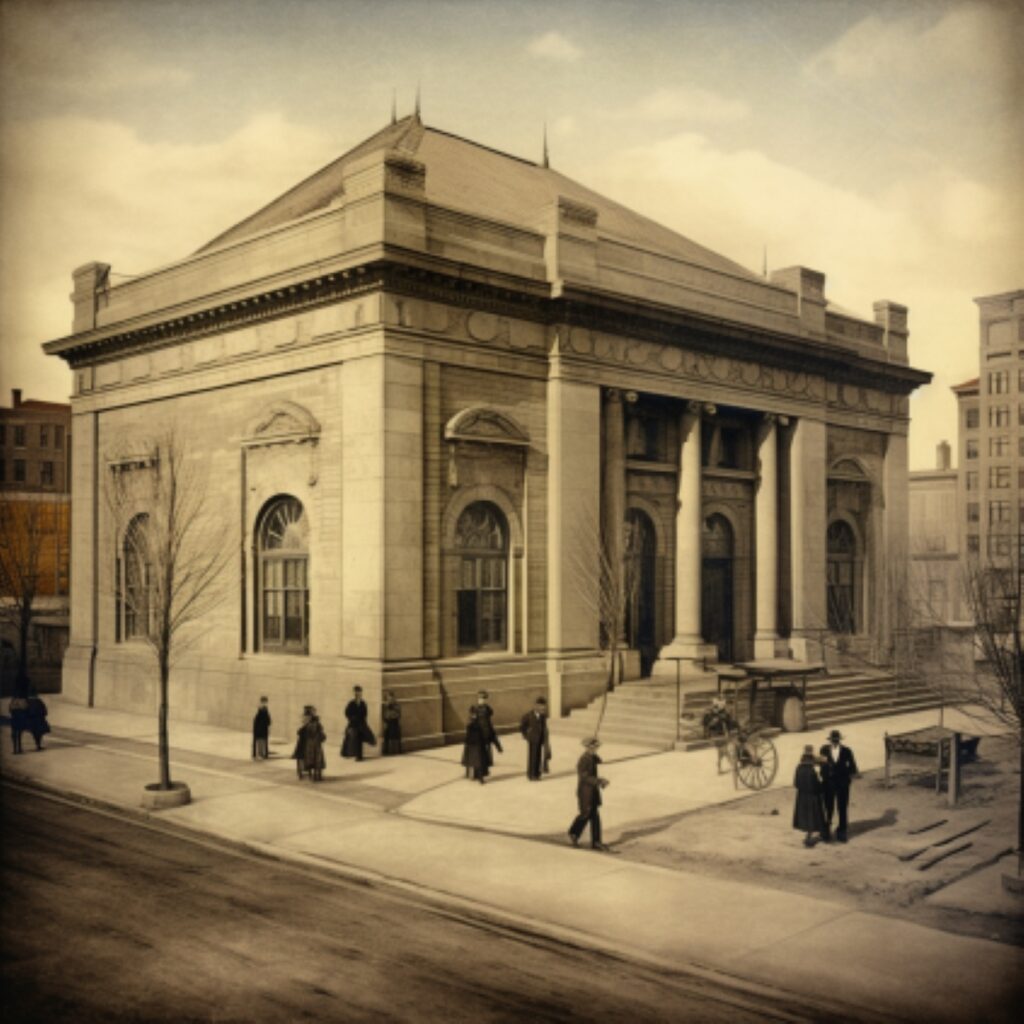
If you’re an art lover, Tulsa is the perfect place for you. The city has an array of museums and cultural centers that showcase the best of art, history, and culture. Here are some of the must-visit museums and cultural centers in Tulsa:
Philbrook Museum of Art
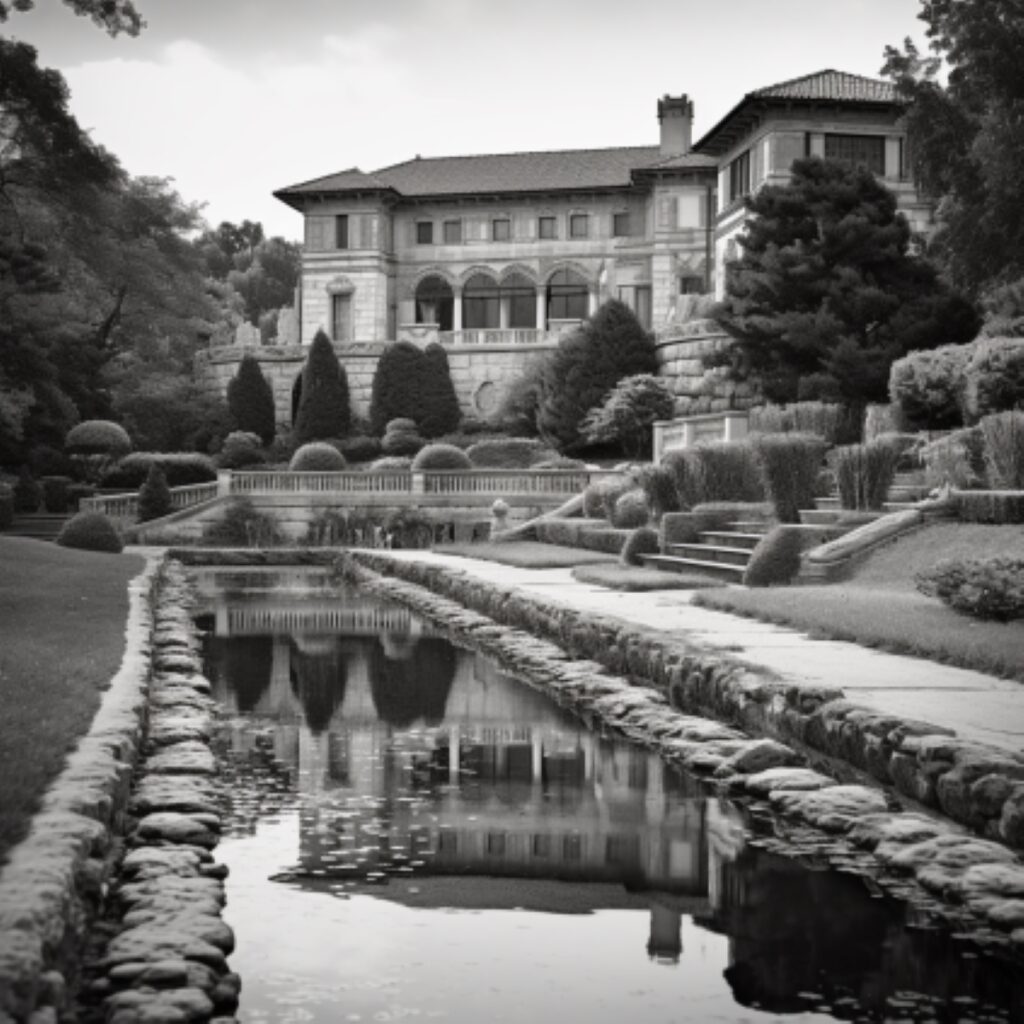
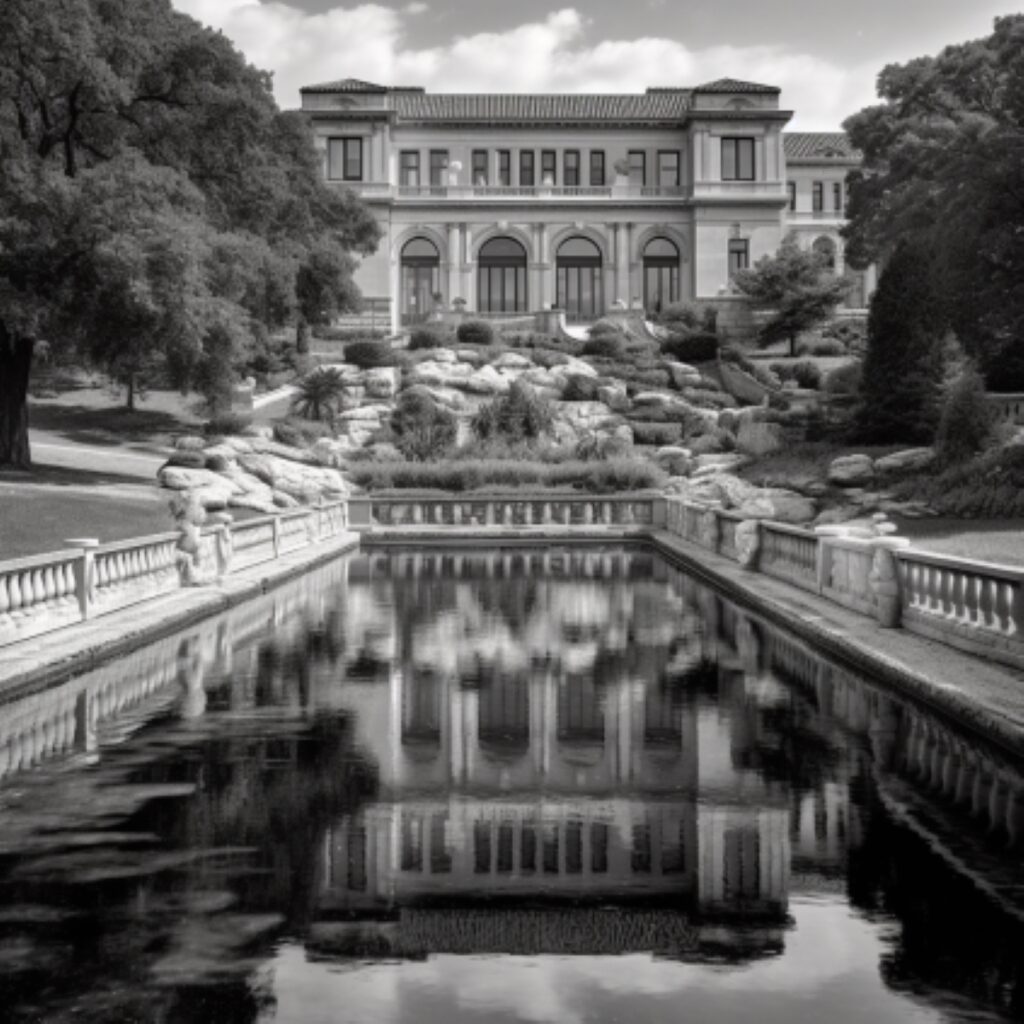
You can’t miss the Philbrook Museum of Art, which is one of the most popular museums in Tulsa. The museum boasts an impressive collection of American, European, and contemporary art. The Philbrook Museum of Art is also home to a beautiful garden that spans over 23 acres. The garden features sculptures, water features, and a variety of flora that will leave you in awe.
Greenwood Cultural Center
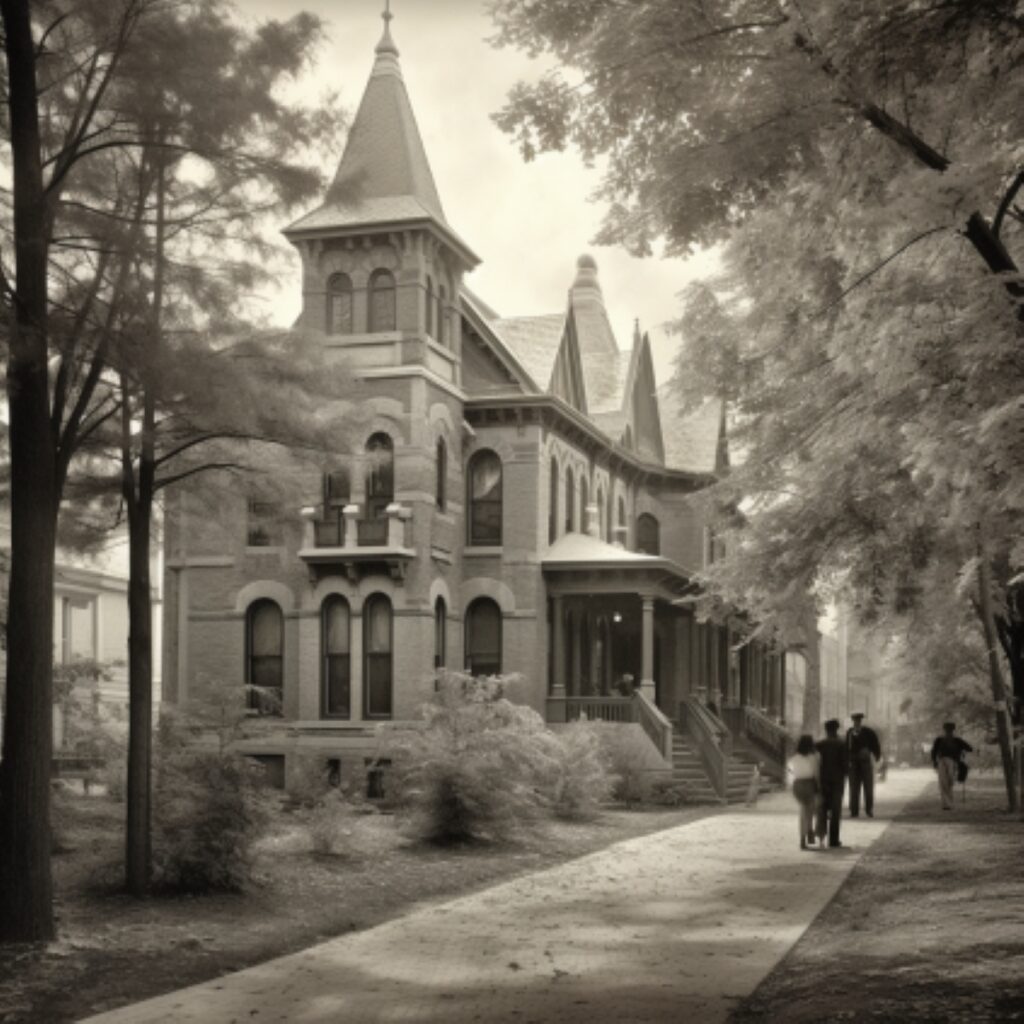
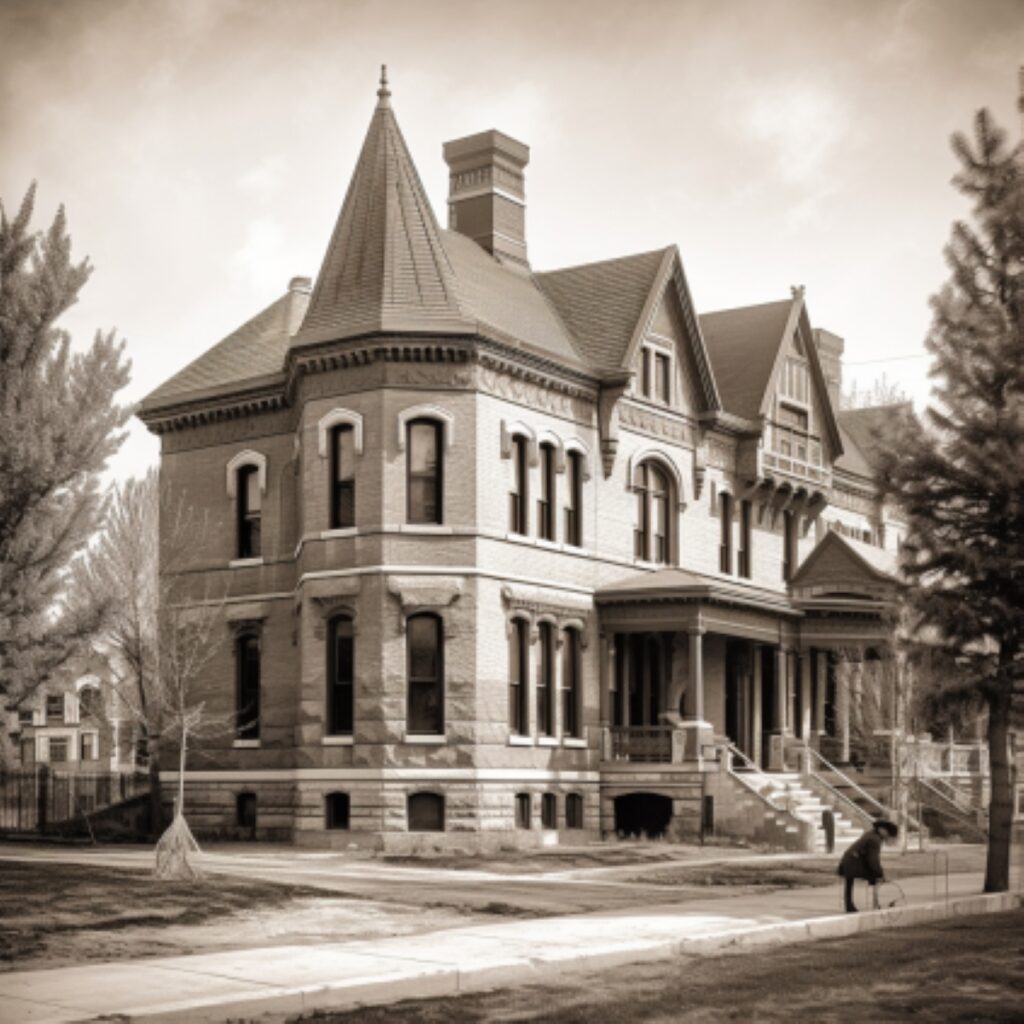
The Greenwood Cultural Center is a tribute to the rich African American history and culture of Tulsa. The center houses exhibits that showcase the struggle and resilience of the African American community in Tulsa. The Greenwood Cultural Center is also home to the Oklahoma Jazz Hall of Fame, which celebrates the contributions of Oklahoma’s jazz musicians.
Oral Roberts University
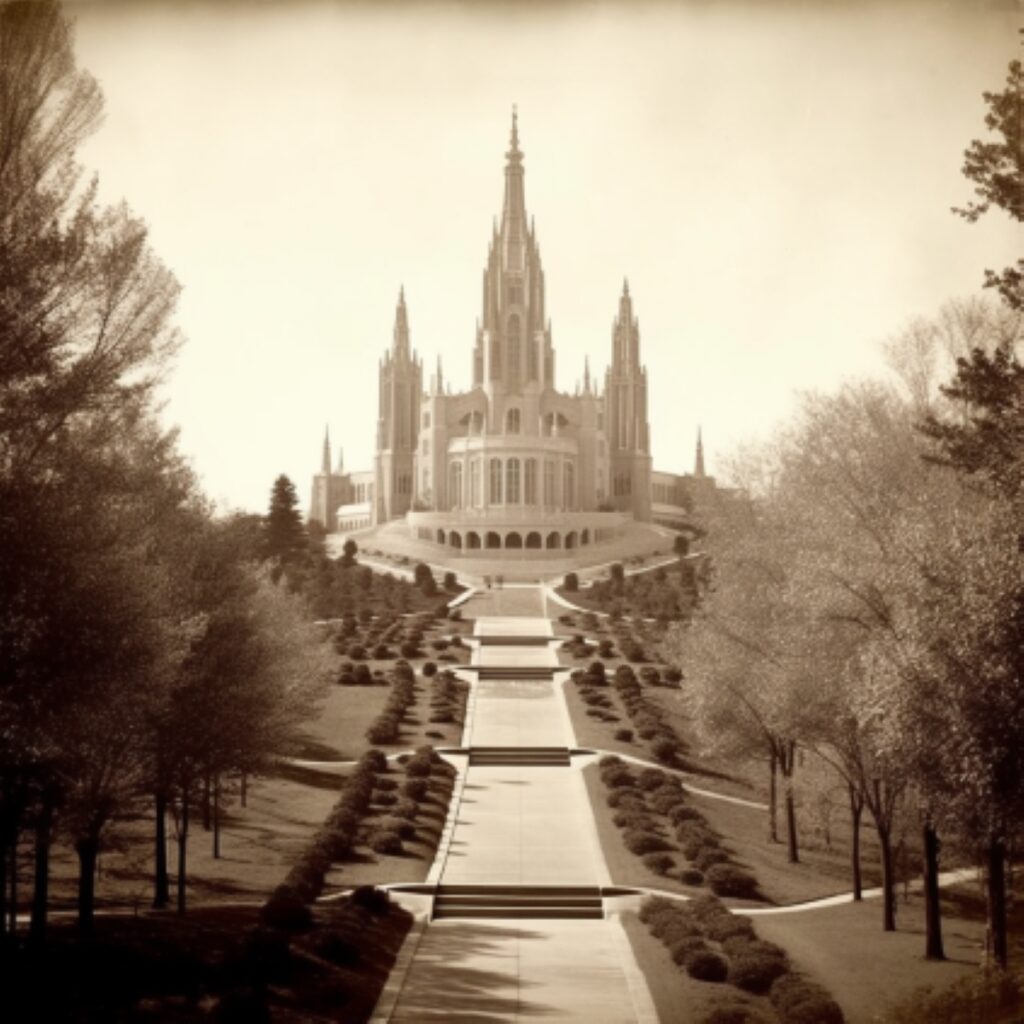
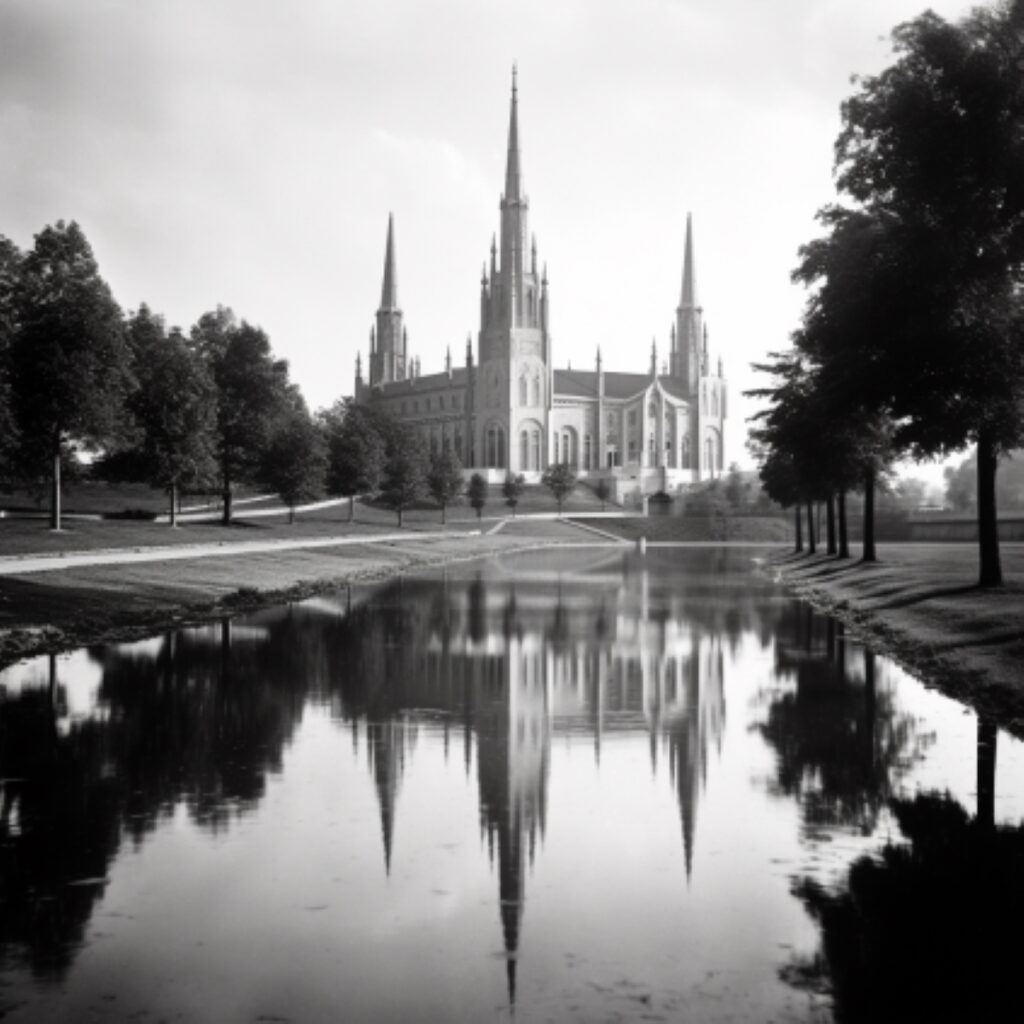
Oral Roberts University is not just a university, but also a cultural center that houses several museums and galleries. The university has a museum of art, which houses a collection of contemporary art, including works by Pablo Picasso and Salvador Dali. The university also has a natural history museum that showcases the flora and fauna of Oklahoma.
In conclusion, Tulsa’s museums and cultural centers are a treasure trove of art, history, and culture. Whether you’re an art enthusiast or a history buff, you’re sure to find something that will pique your interest. So, what are you waiting for? Plan a visit to Tulsa’s museums and cultural centers and immerse yourself in the city’s rich cultural heritage.
Historic Sites and Monuments
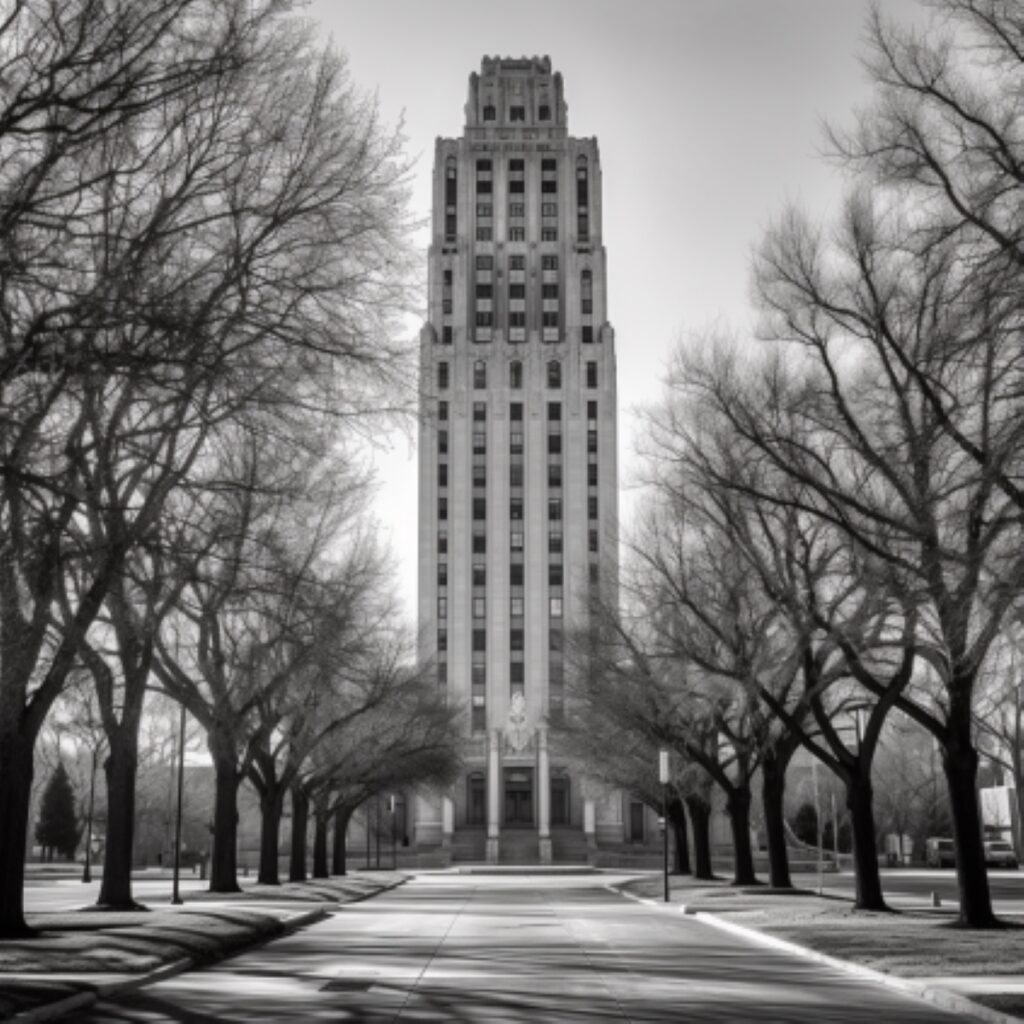
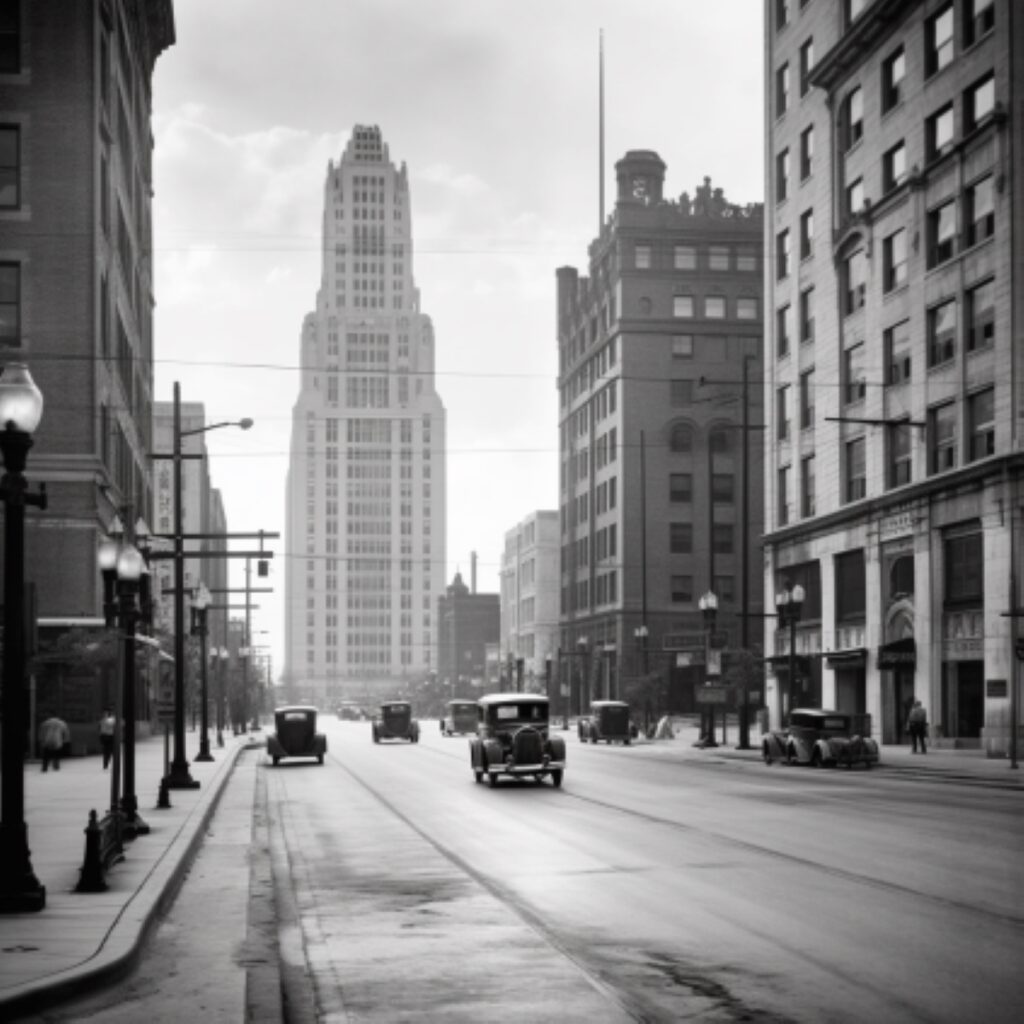
Tulsa, Oklahoma is home to many historic sites and monuments that offer a glimpse into the rich history of the area. Here are three must-see sites that you should add to your itinerary:
Council Oak Tree
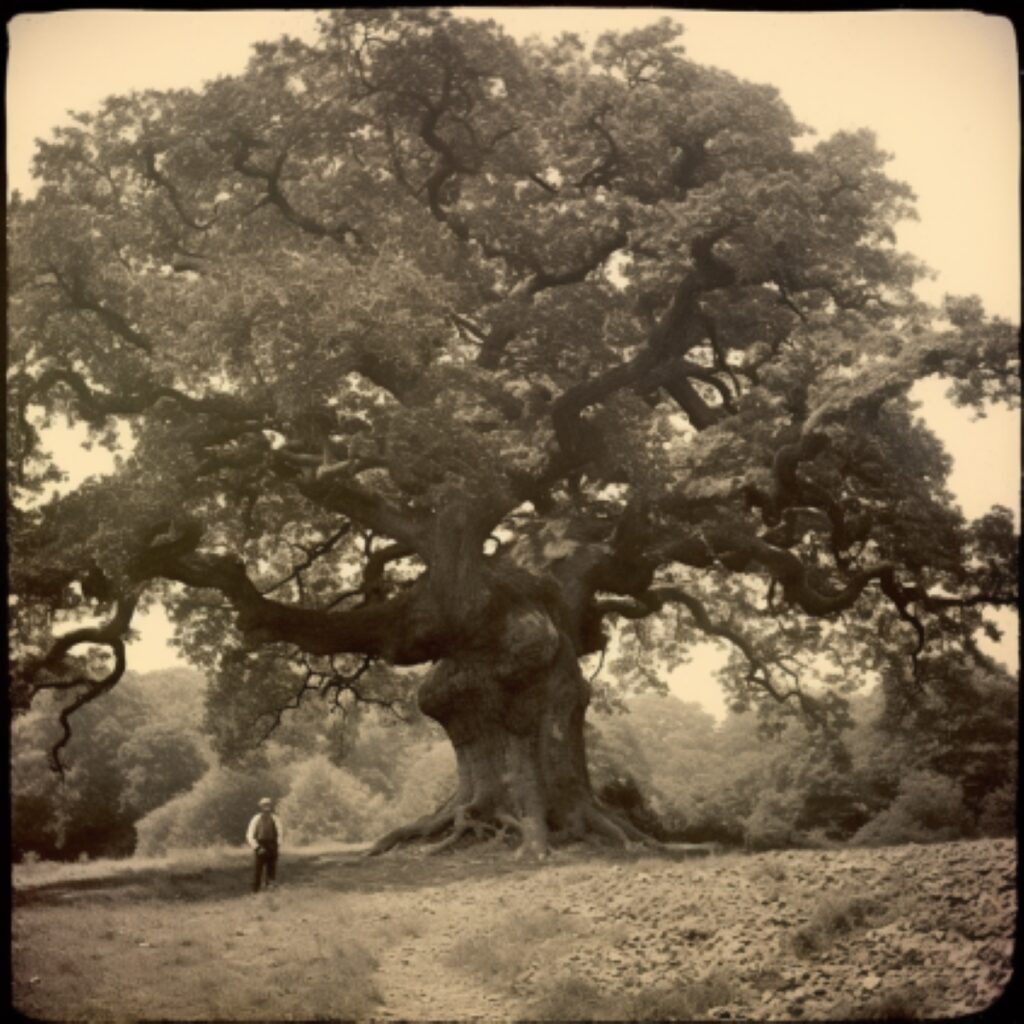
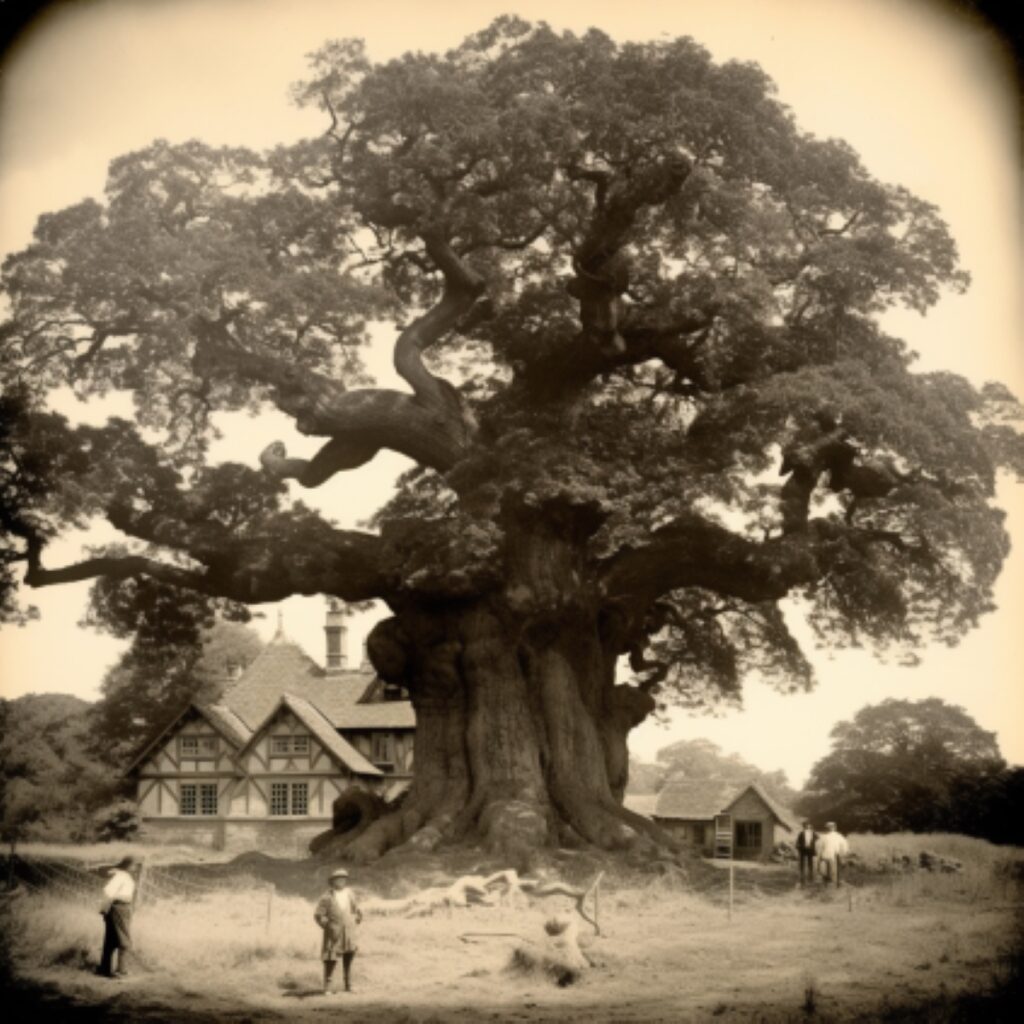
The Council Oak Tree is a historic landmark located in Woodward Park. According to local legend, this is the spot where the Creek and Seminole tribes met to plan the Trail of Tears. The tree is estimated to be over 300 years old and is considered sacred by many Native American tribes. You can take a self-guided tour of the park and learn more about the history of the area.
Washita Battlefield
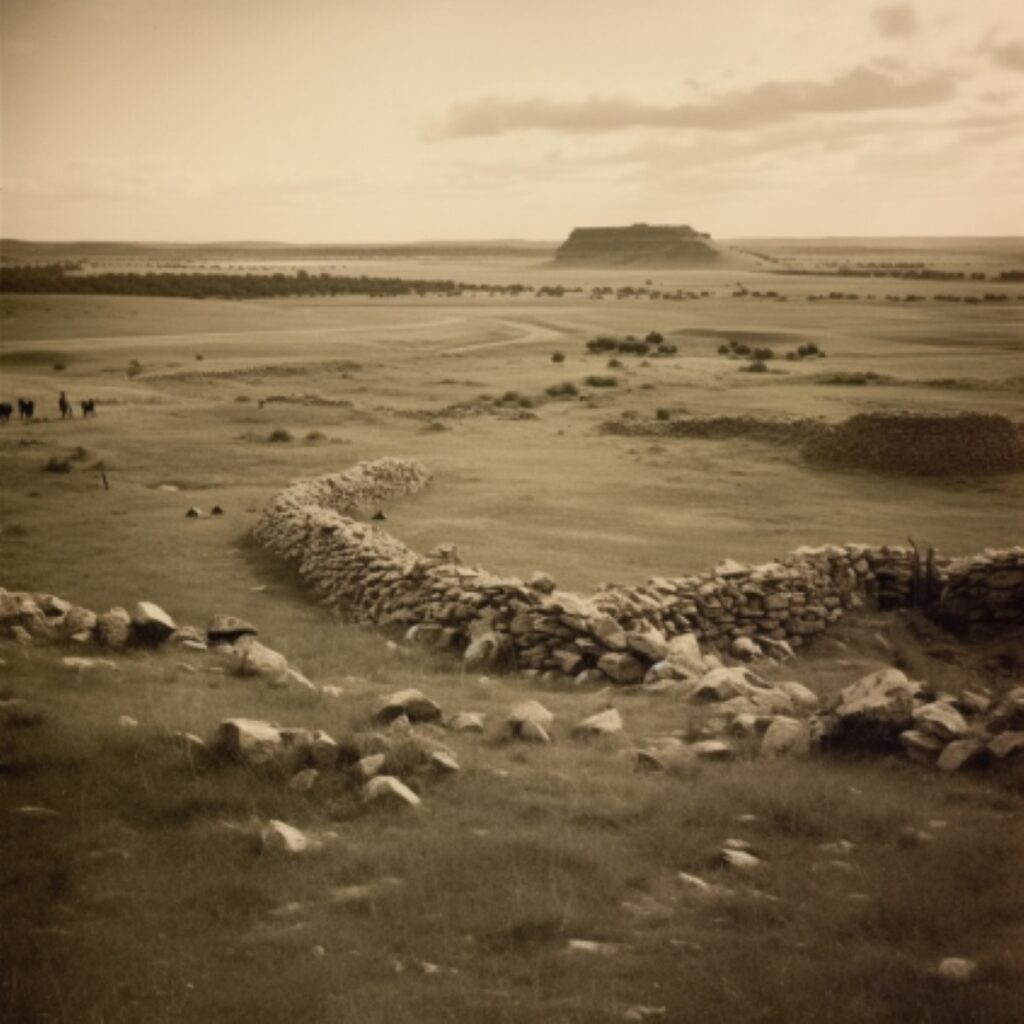
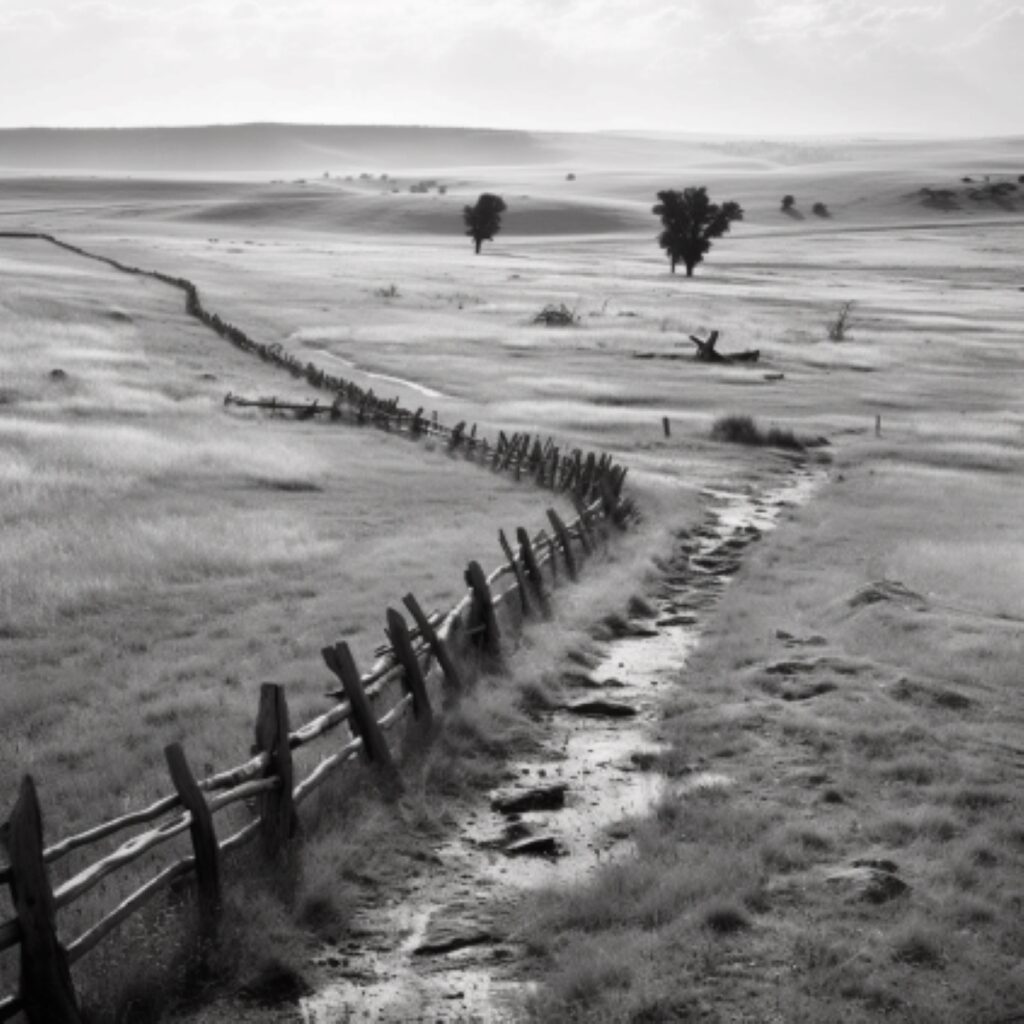
The Washita Battlefield is a National Historic Site located in Cheyenne, Oklahoma, about an hour and a half drive from Tulsa. This site marks the location of the 1868 attack by the U.S. Army on the Southern Cheyenne village of Peace Chief Black Kettle. The attack resulted in the deaths of over 100 Cheyenne men, women, and children. Today, visitors can explore the battlefield and learn more about the history of the area at the onsite museum.
Chief Black Kettle Monument
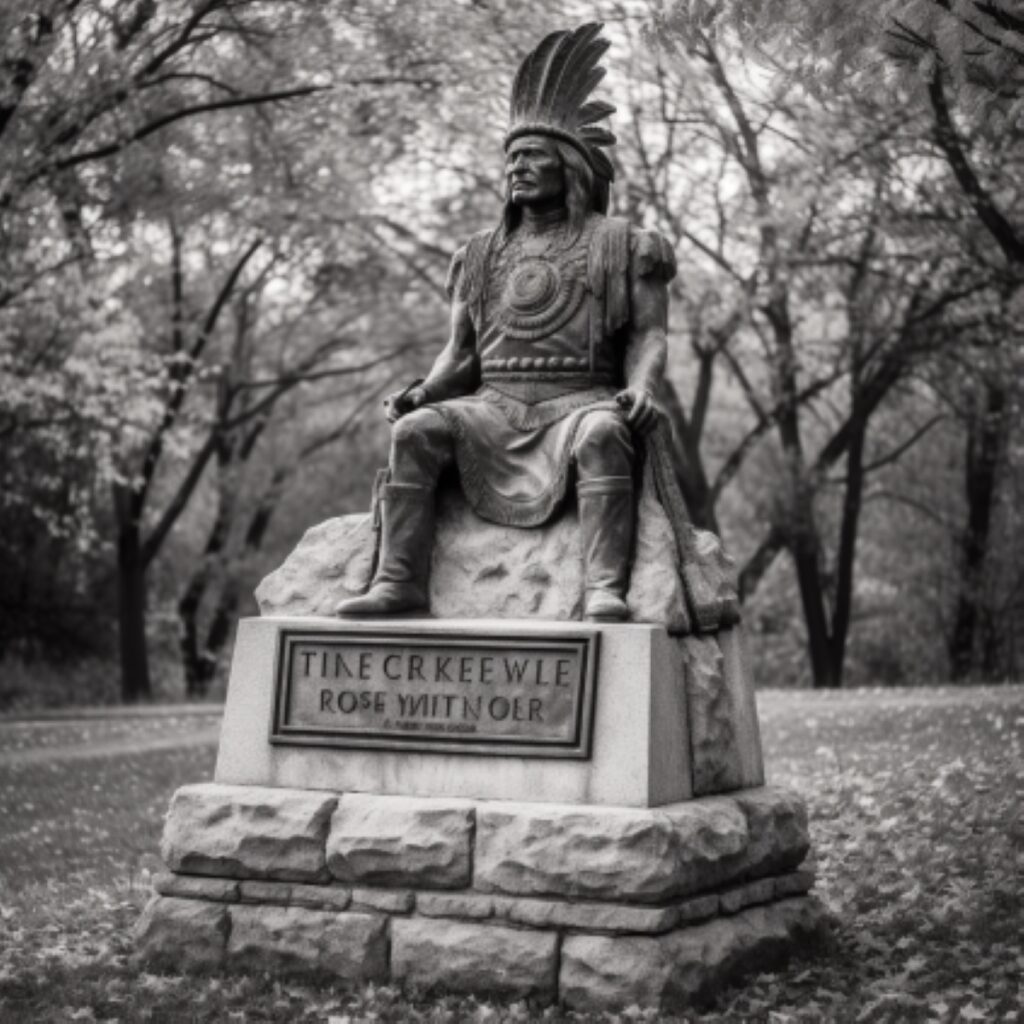
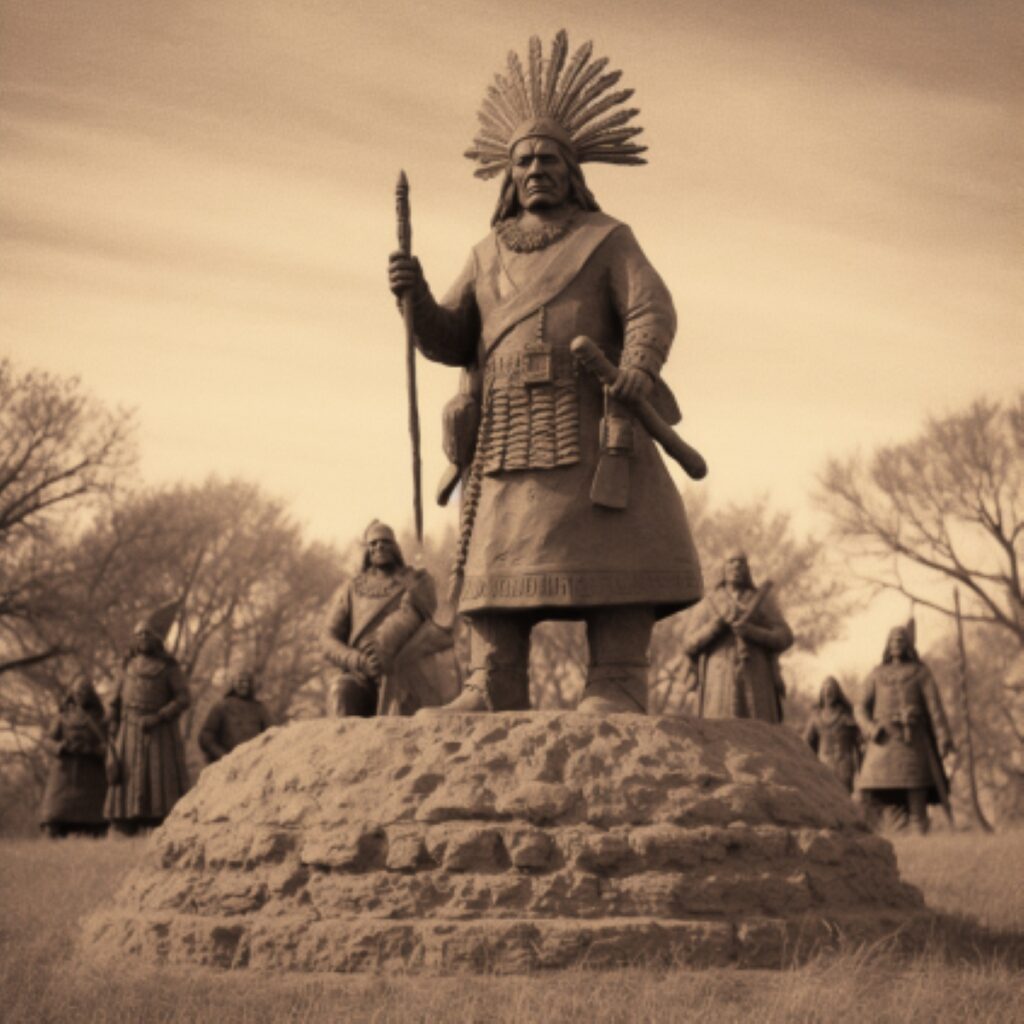
Located in downtown Tulsa, the Chief Black Kettle Monument is a tribute to the Southern Cheyenne chief who was killed in the Washita Massacre. The monument features a bronze statue of Chief Black Kettle and is surrounded by a garden and benches where you can sit and reflect on the history of the area.
These historic sites and monuments offer a unique opportunity to learn about the rich history of Tulsa and the surrounding area. Whether you’re a history buff or just looking for something interesting to do, be sure to add these sites to your list of must-see attractions.
Exploring Tulsa: Route 66 and Beyond
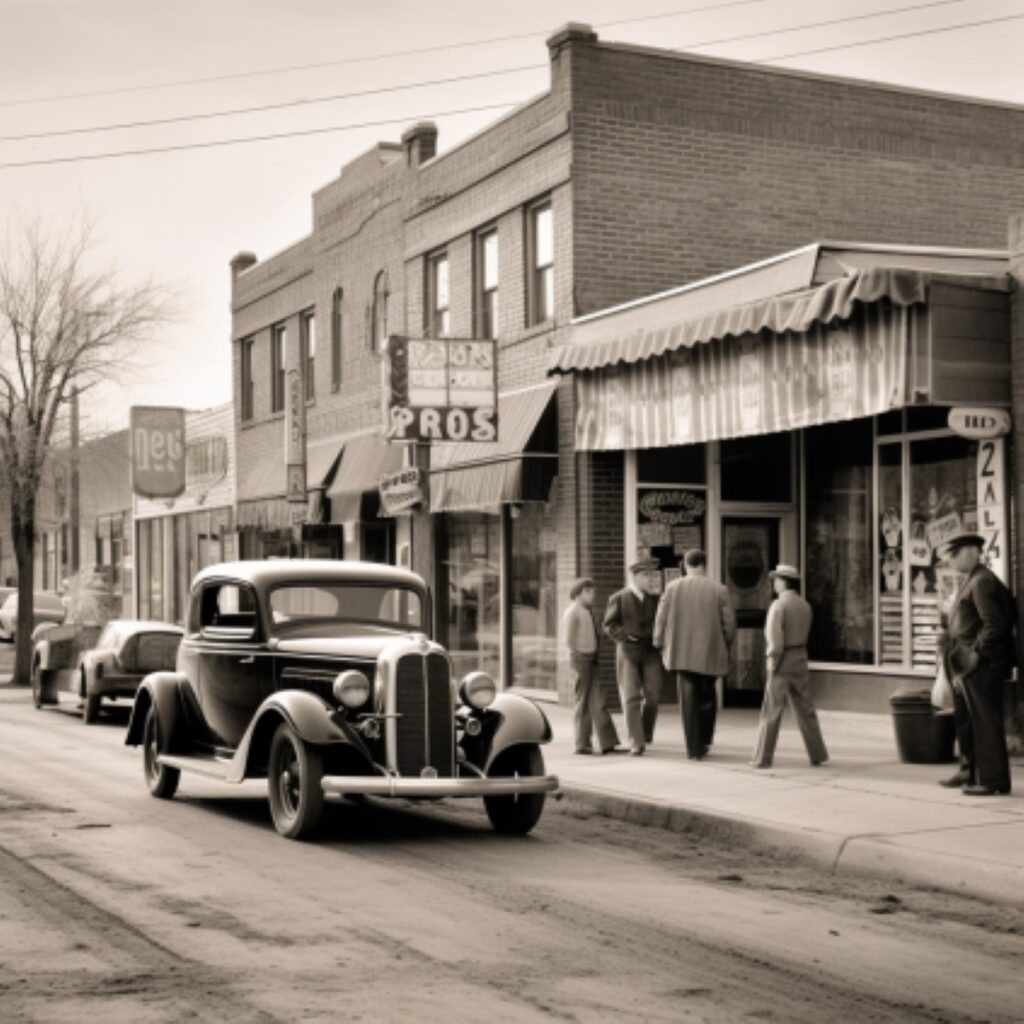
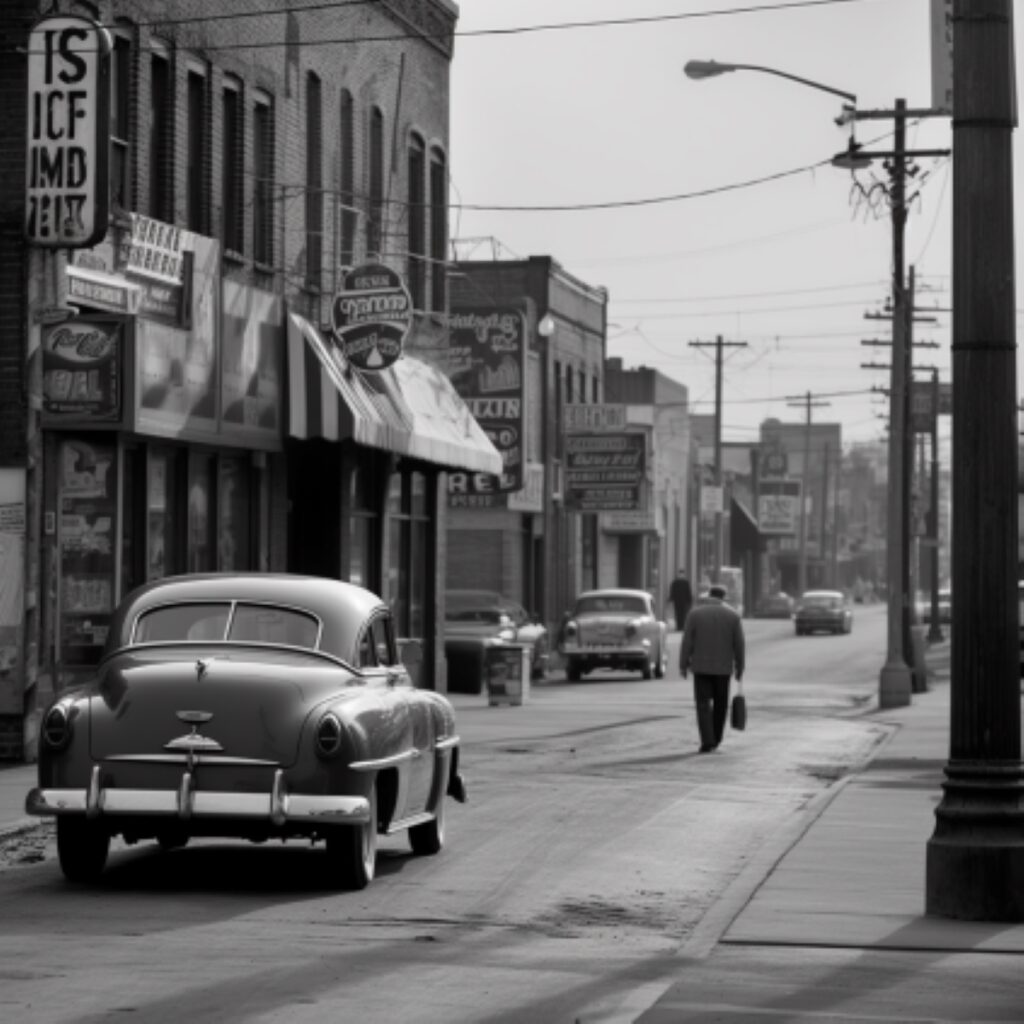
If you’re looking for a new and exciting experience in Tulsa, look no further than Route 66 and beyond. This iconic highway is home to some of the most famous landmarks and attractions in the city, making it a must-visit location for all ages.
One of the best ways to explore Route 66 is by taking a guided tour. Many local tour companies offer guided tours of the highway, which can help you discover hidden gems and learn about the history of the area. You can also use a map to plan your own self-guided tour, which can be a great way to explore at your own pace.
As you explore Route 66, you’ll encounter a variety of landmarks and attractions. From the historic Meadow Gold sign to the Route 66 Historical Village, there’s something for everyone. Be sure to stop by Buck Atom’s Cosmic Curios gift shop for some unique decor and souvenirs.
If you’re looking for some fun events, be sure to check out the BOK Center. This arena hosts a variety of concerts, sporting events, and more throughout the year. And when you’re ready for a bite to eat, there are plenty of food options along Route 66, from classic diners to modern restaurants.
Overall, exploring Route 66 and beyond is a great way to experience the history and culture of Tulsa. So grab your map and hit the road for an adventure you won’t forget!
Tulsa in Pictures: A Visual Journey
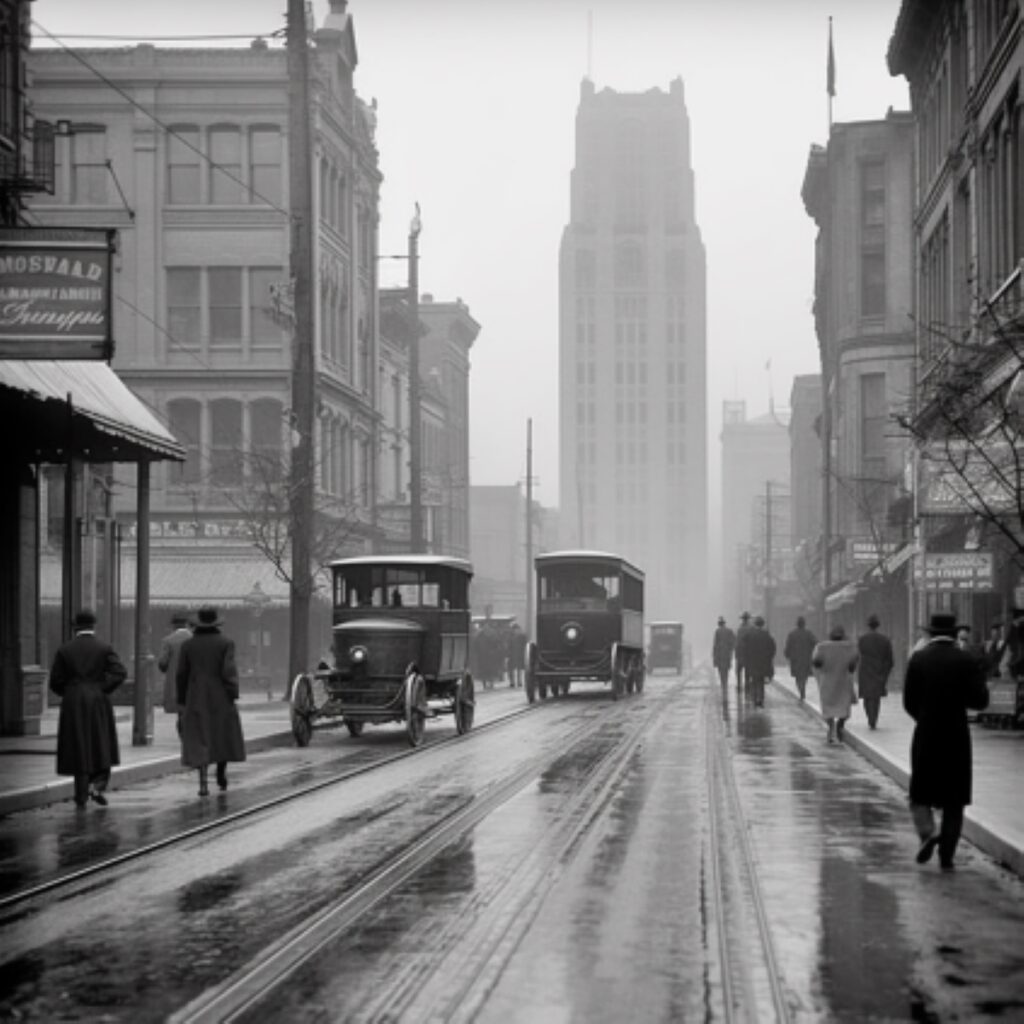

You’re in for a treat! Tulsa is home to some of the most stunning landmarks and historical sites in Oklahoma. Here are a few pictures that will take you on a visual journey through Tulsa’s rich history.
The Golden Driller
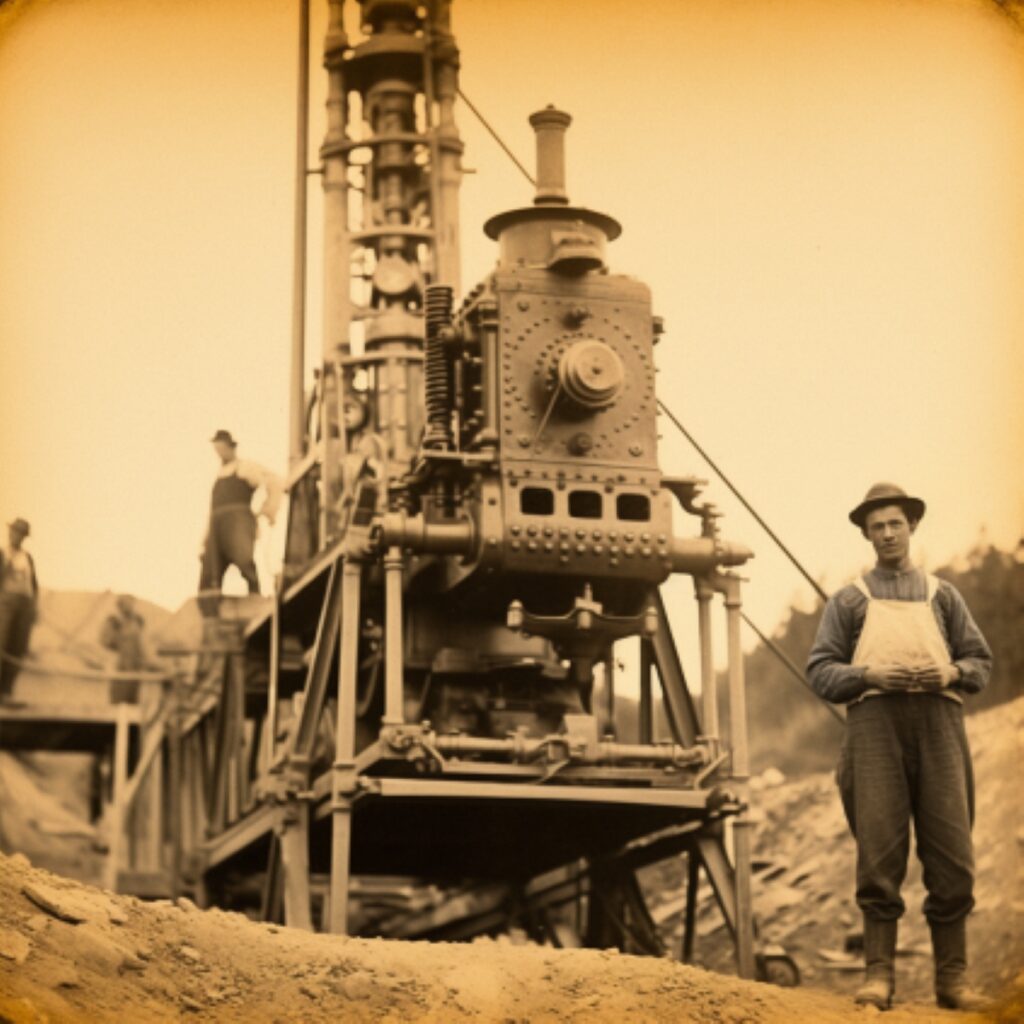
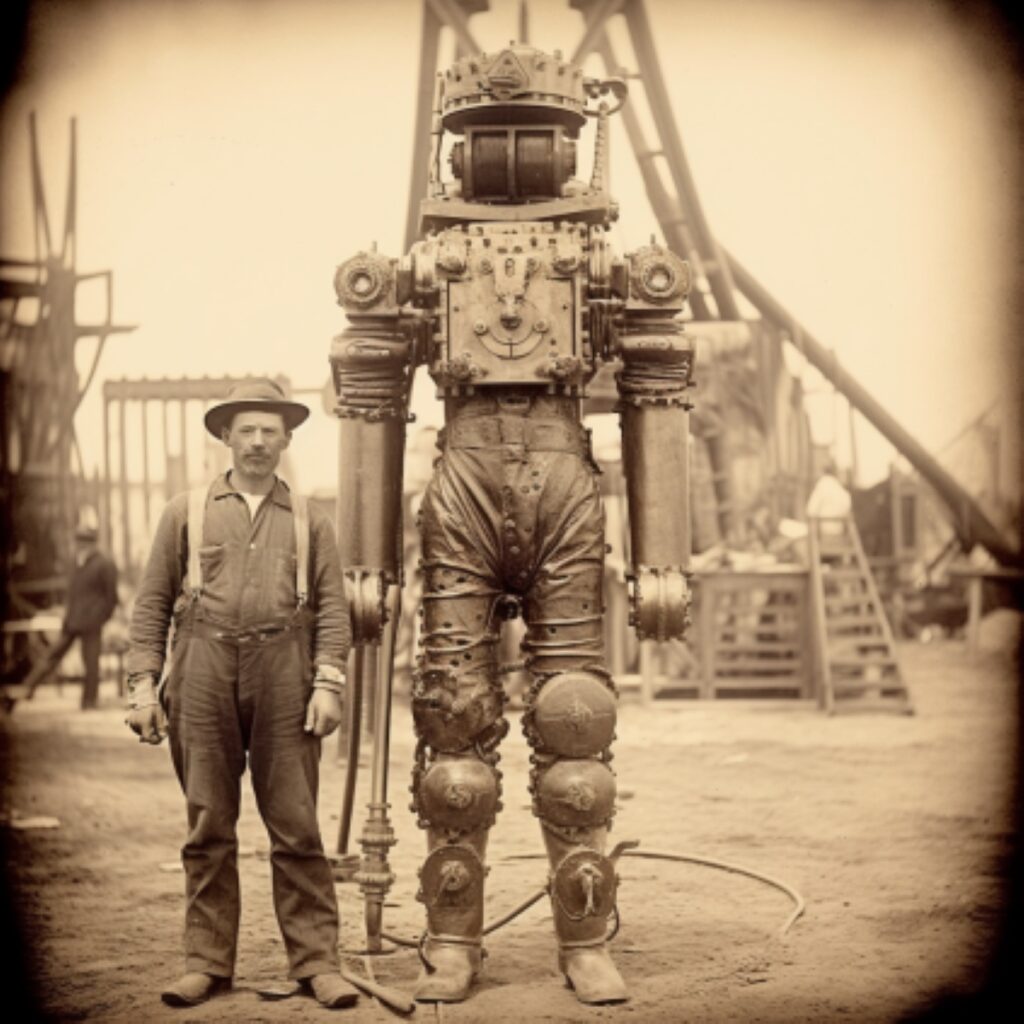
The Golden Driller is a 76-foot-tall statue located at the Tulsa State Fairgrounds. This iconic landmark was built in 1953 and is a tribute to the oil industry, which played a significant role in Tulsa’s growth and development. The statue is made of concrete and steel and weighs over 43,500 pounds.
Boston Avenue United Methodist Church
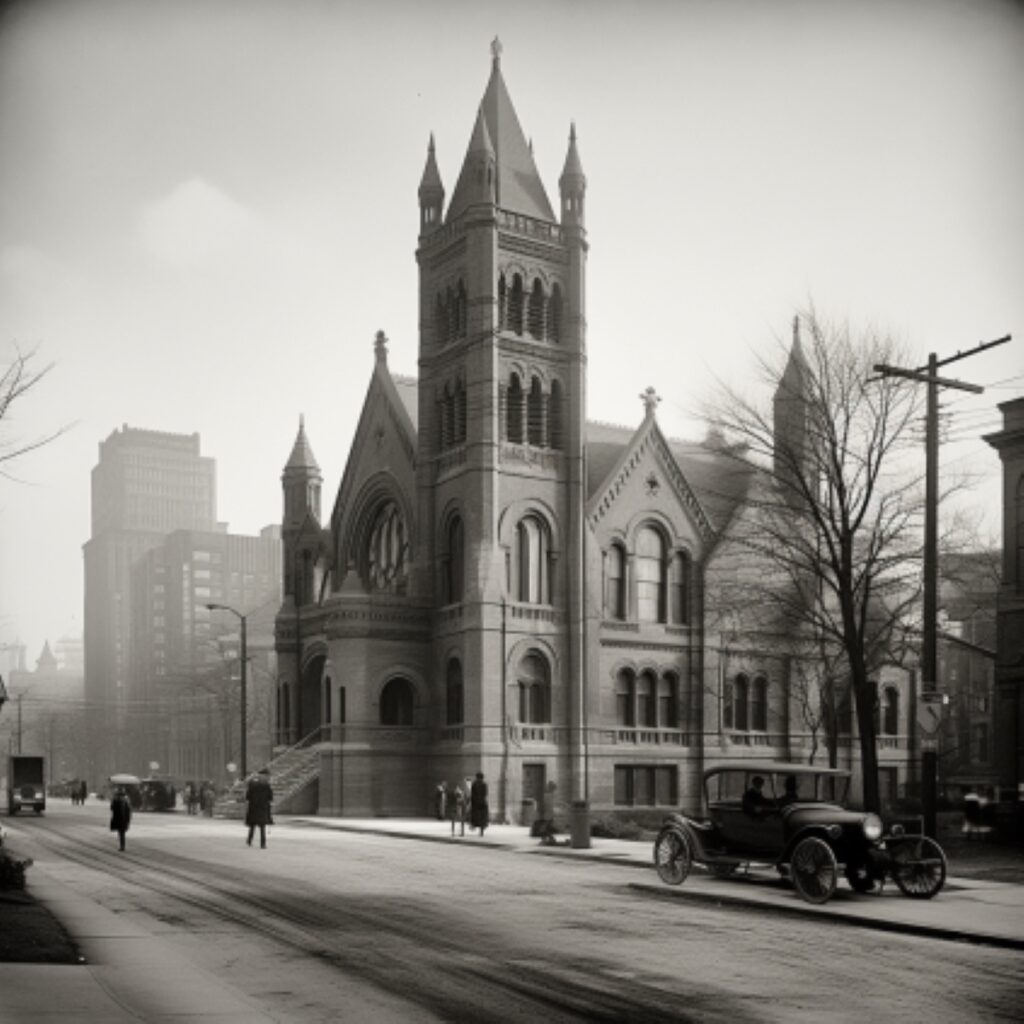
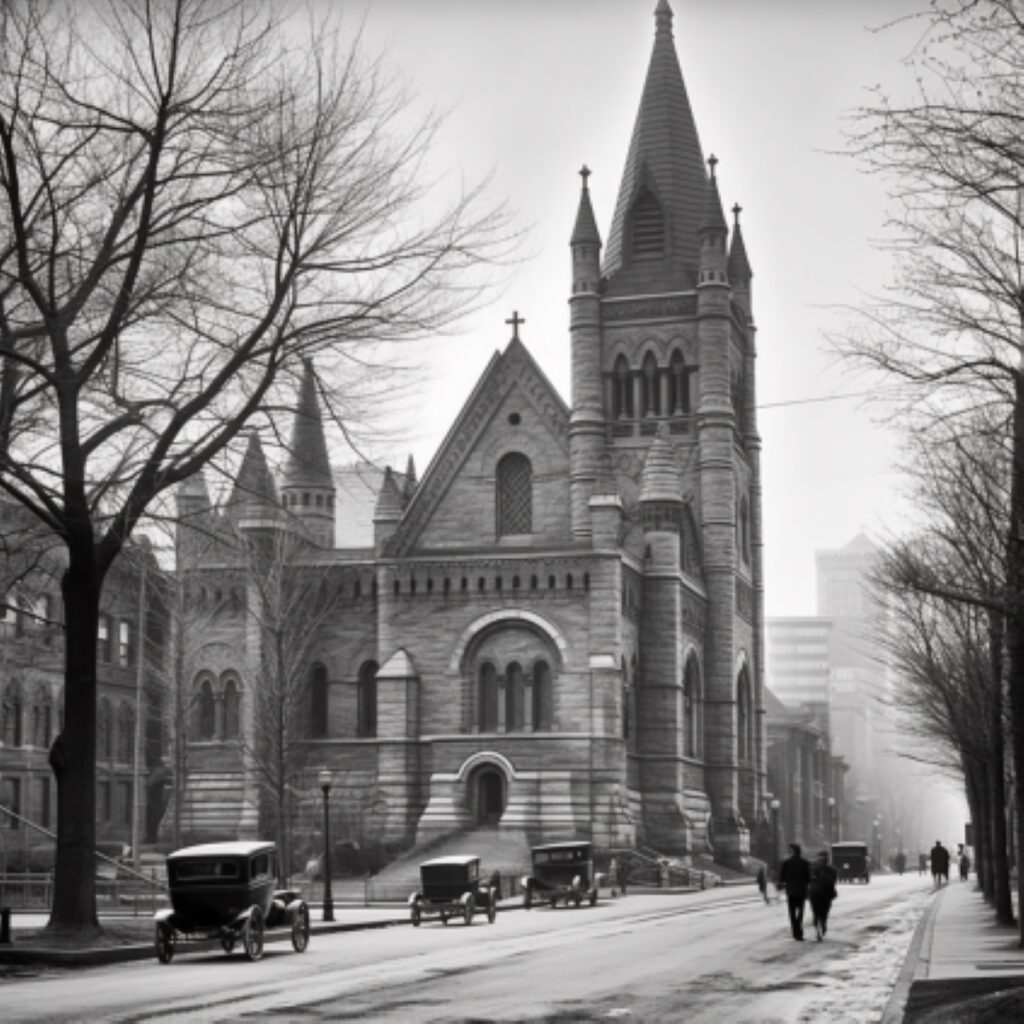
The Boston Avenue United Methodist Church is one of the most beautiful and well-known landmarks in Tulsa. This stunning Art Deco-style church was completed in 1929 and is considered Tulsa’s finest example of this architectural style. The church features intricate details and stunning stained glass windows that are sure to take your breath away.
Philbrook Museum of Art
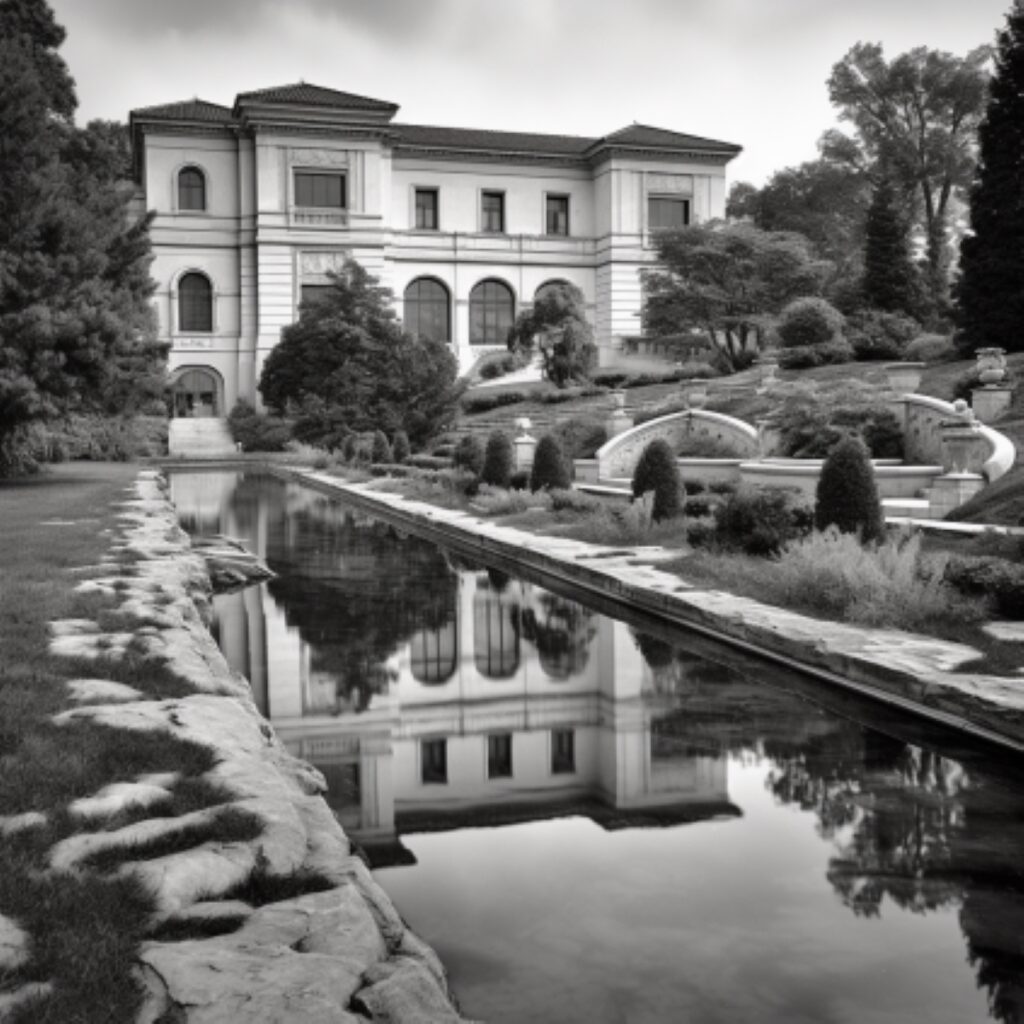
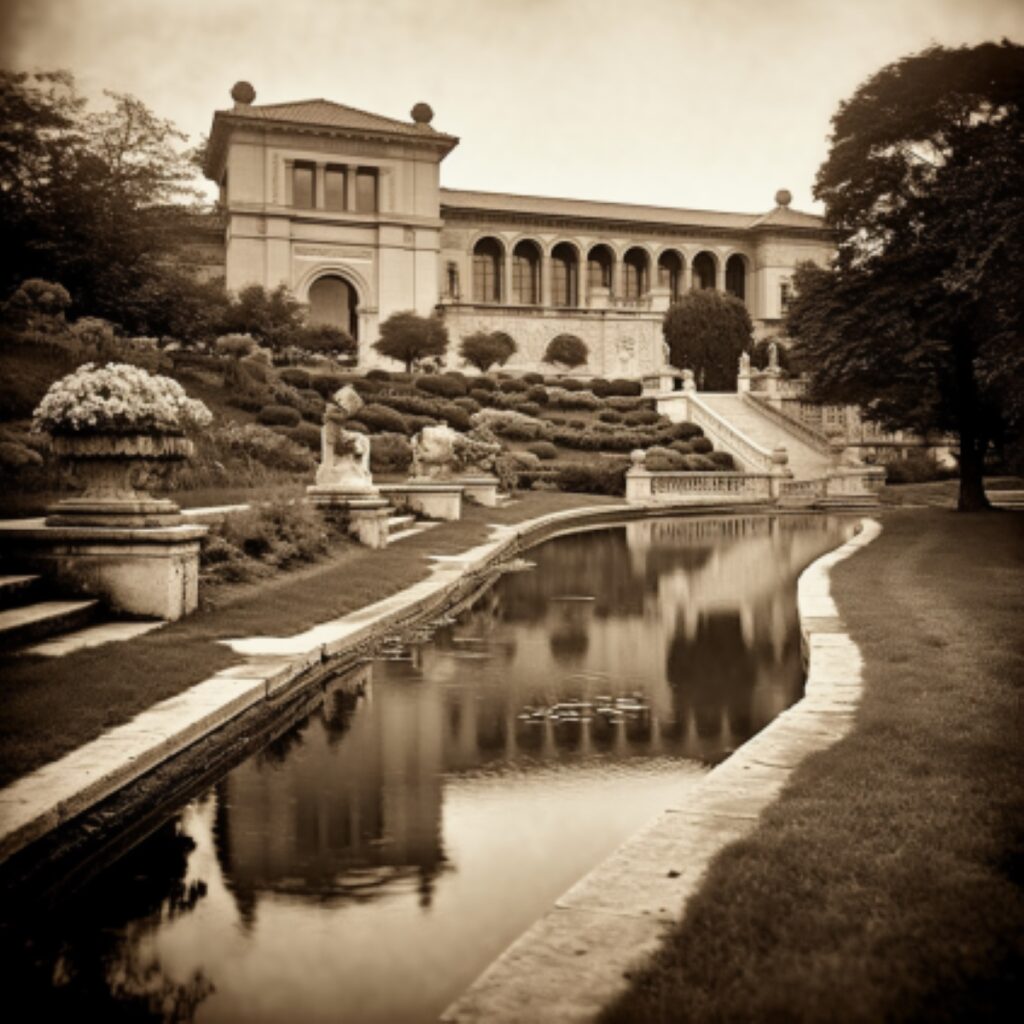
The Philbrook Museum of Art is a must-visit destination for art lovers. This stunning museum is housed in a beautiful Italian Renaissance-style villa that was once home to oil tycoon Waite Phillips. The museum features an extensive collection of American and European art, as well as stunning gardens and grounds that are perfect for a leisurely stroll.
Tulsa’s Historic Route 66
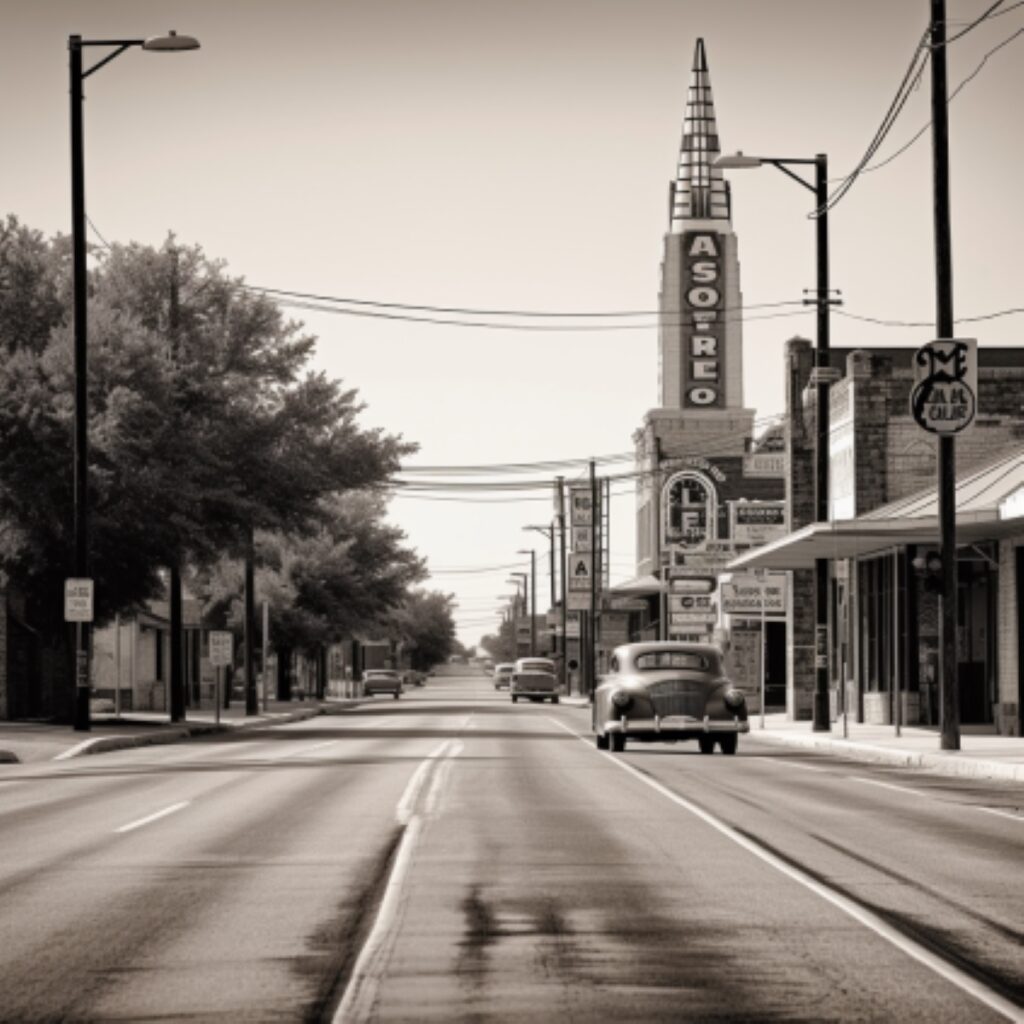
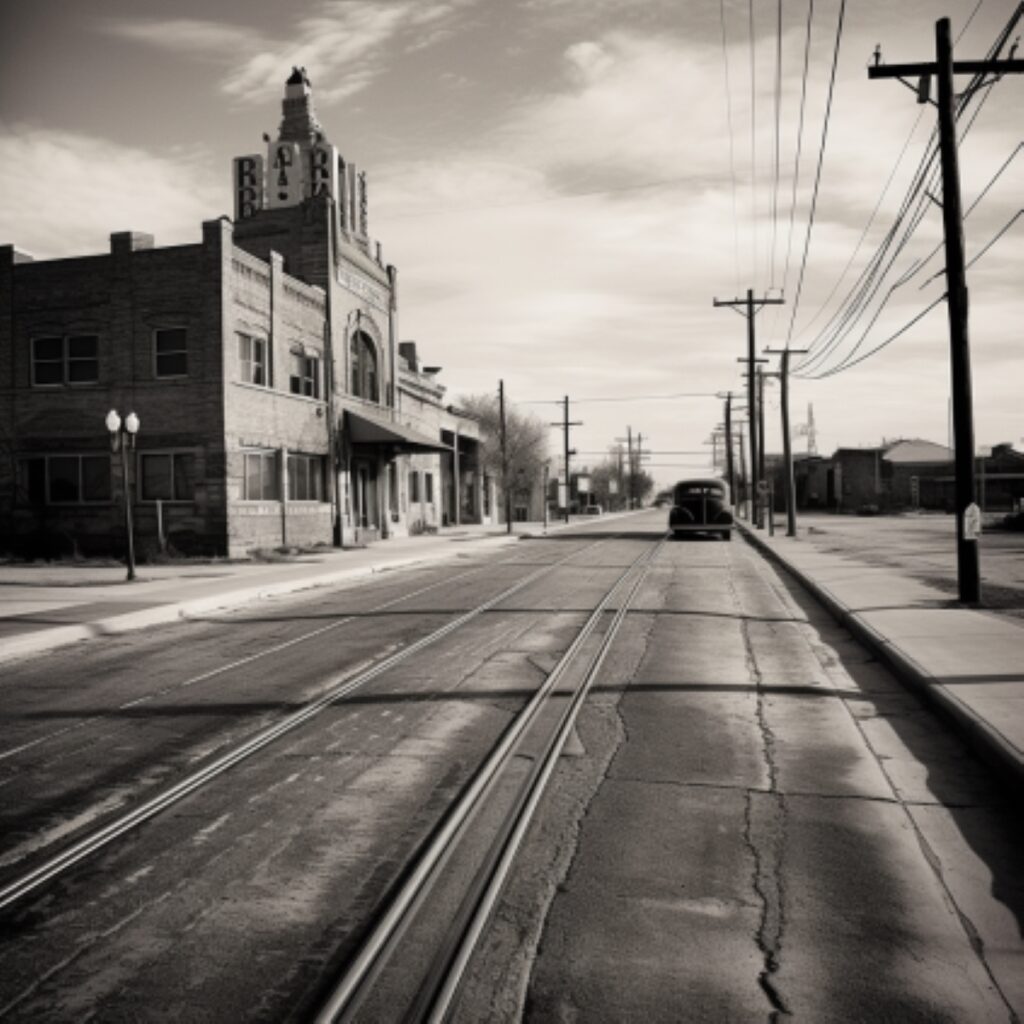
[map]
Tulsa is home to a section of the historic Route 66, which was once the main highway linking Chicago to Los Angeles. This iconic road is filled with nostalgic landmarks and attractions, including the Blue Whale of Catoosa, the Round Barn in Arcadia, and the Rock Cafe in Stroud.
Tulsa Art Deco District
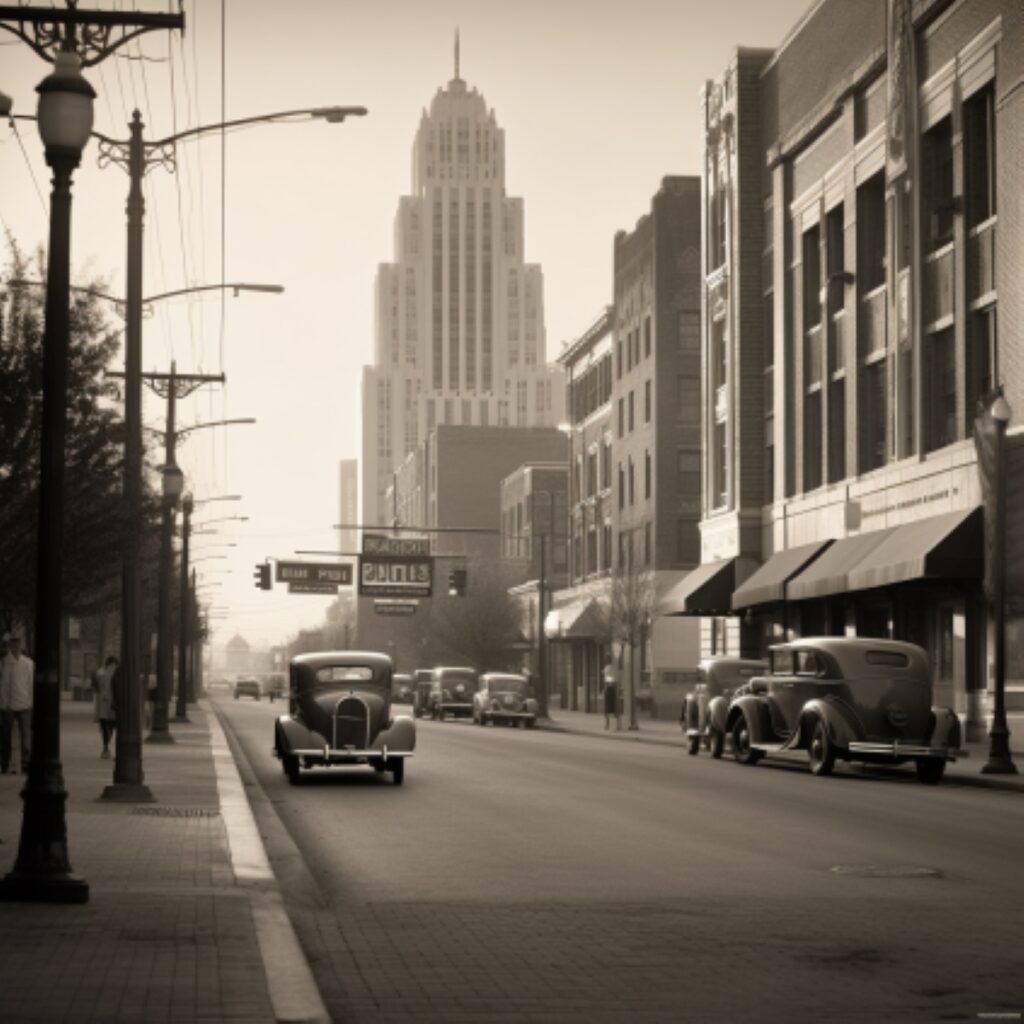
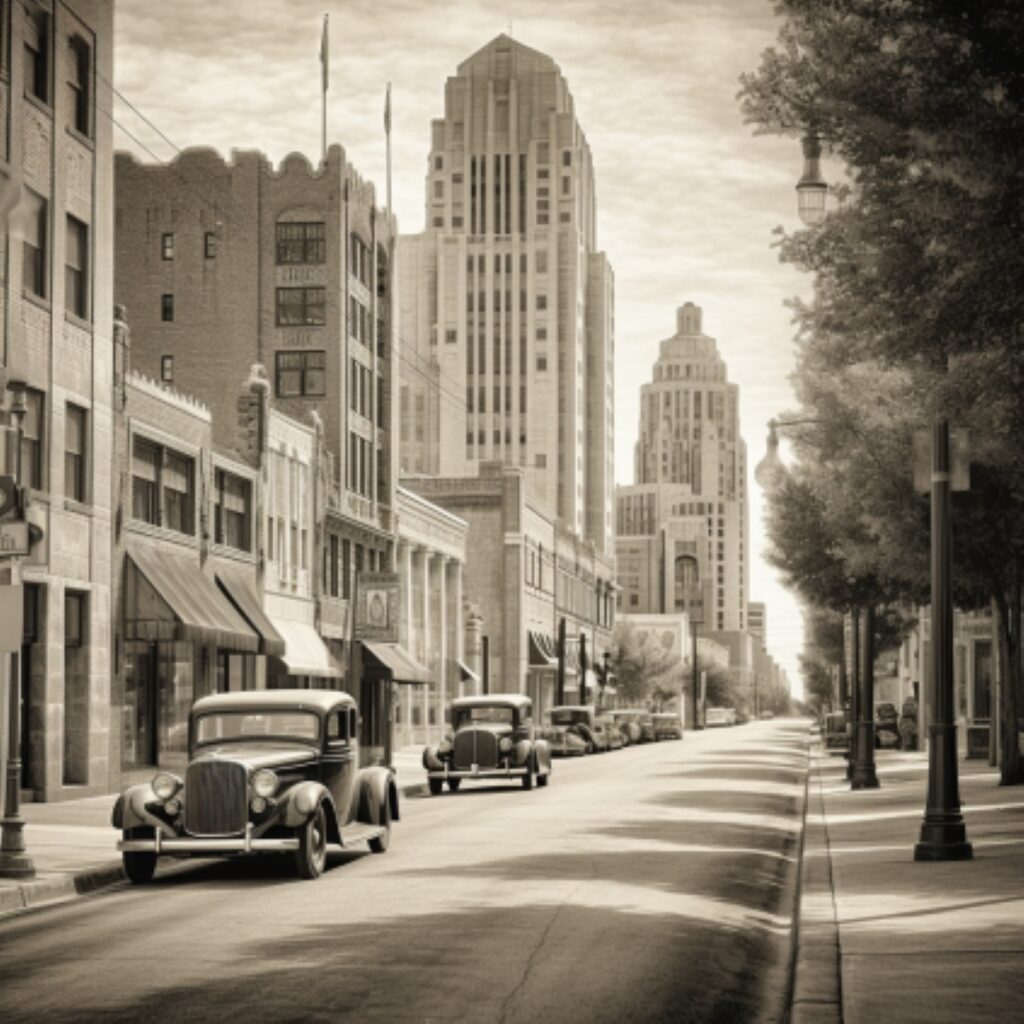
Tulsa’s Art Deco District is a must-see for architecture enthusiasts. This district is home to some of the most stunning Art Deco-style buildings in the country, including the Tulsa Club Building, the Philcade Building, and the Mayo Hotel. Take a stroll through this district and marvel at the intricate details and stunning designs of these historic buildings.
Woodward Park
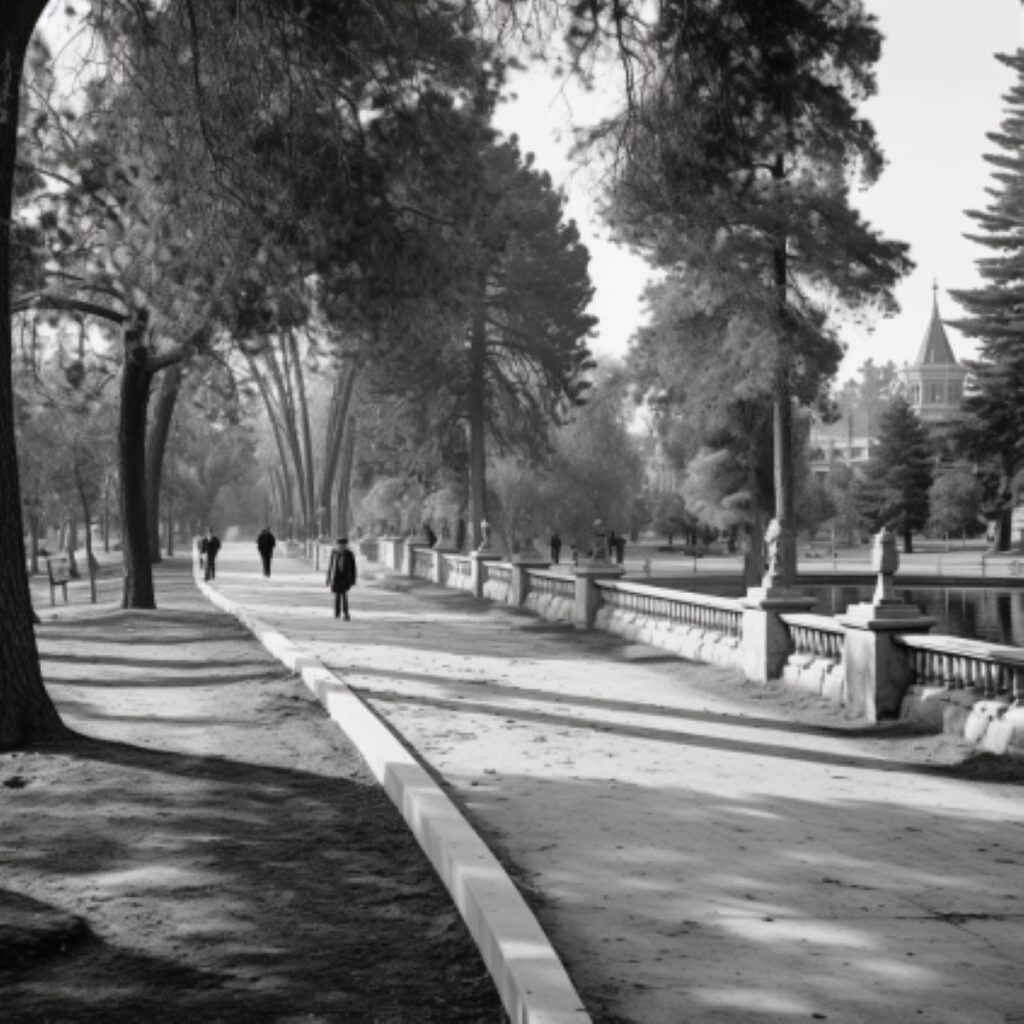
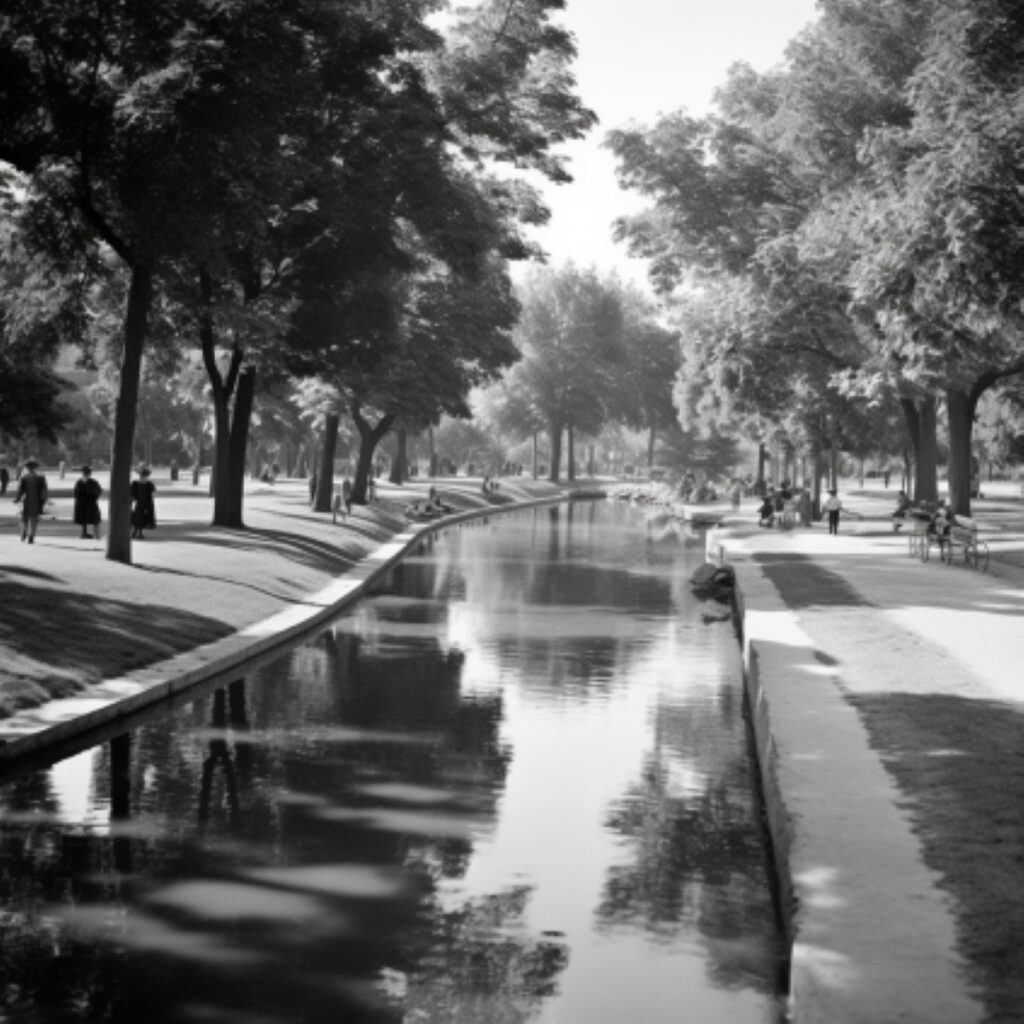
Woodward Park is a beautiful park located in the heart of Tulsa. This park features stunning gardens, walking trails, and a stunning rose garden that is sure to take your breath away. The park is also home to the Tulsa Garden Center, which hosts a variety of events and activities throughout the year.
Tulsa Zoo
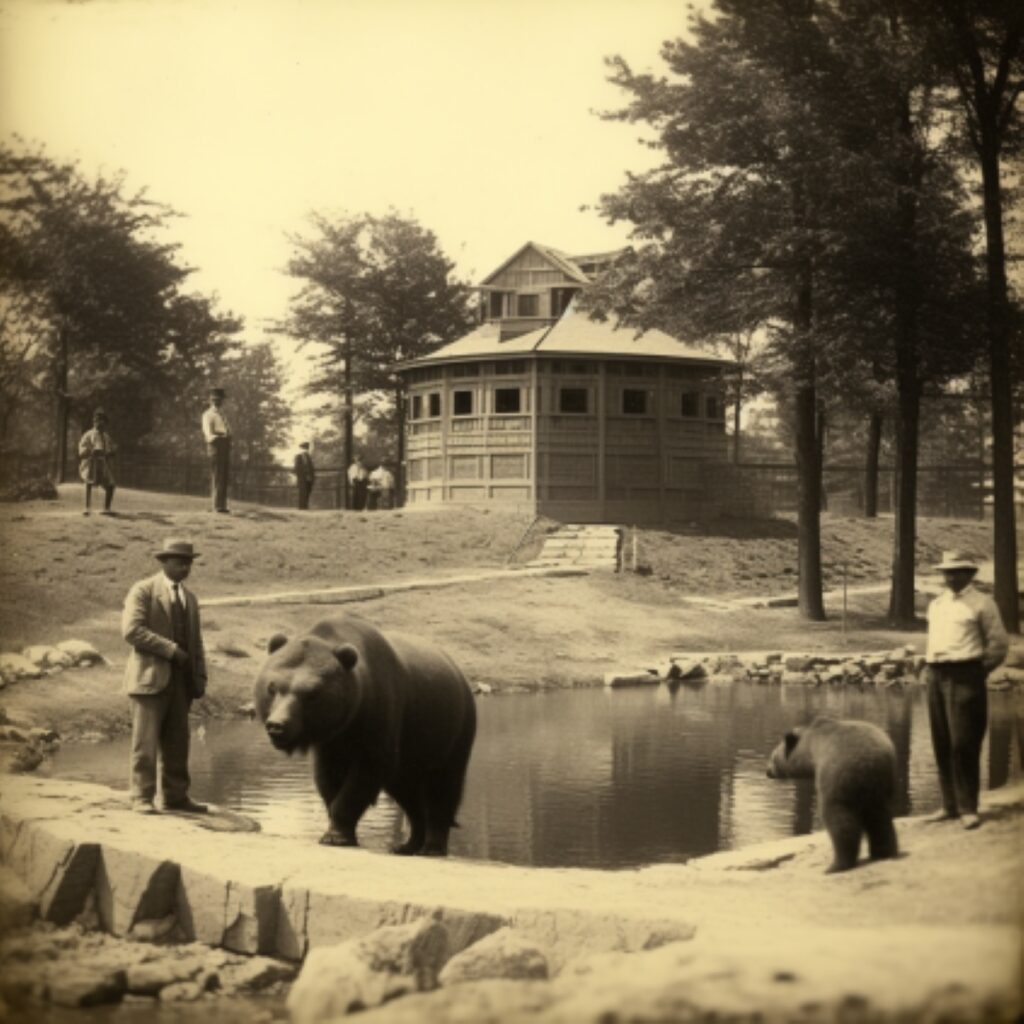
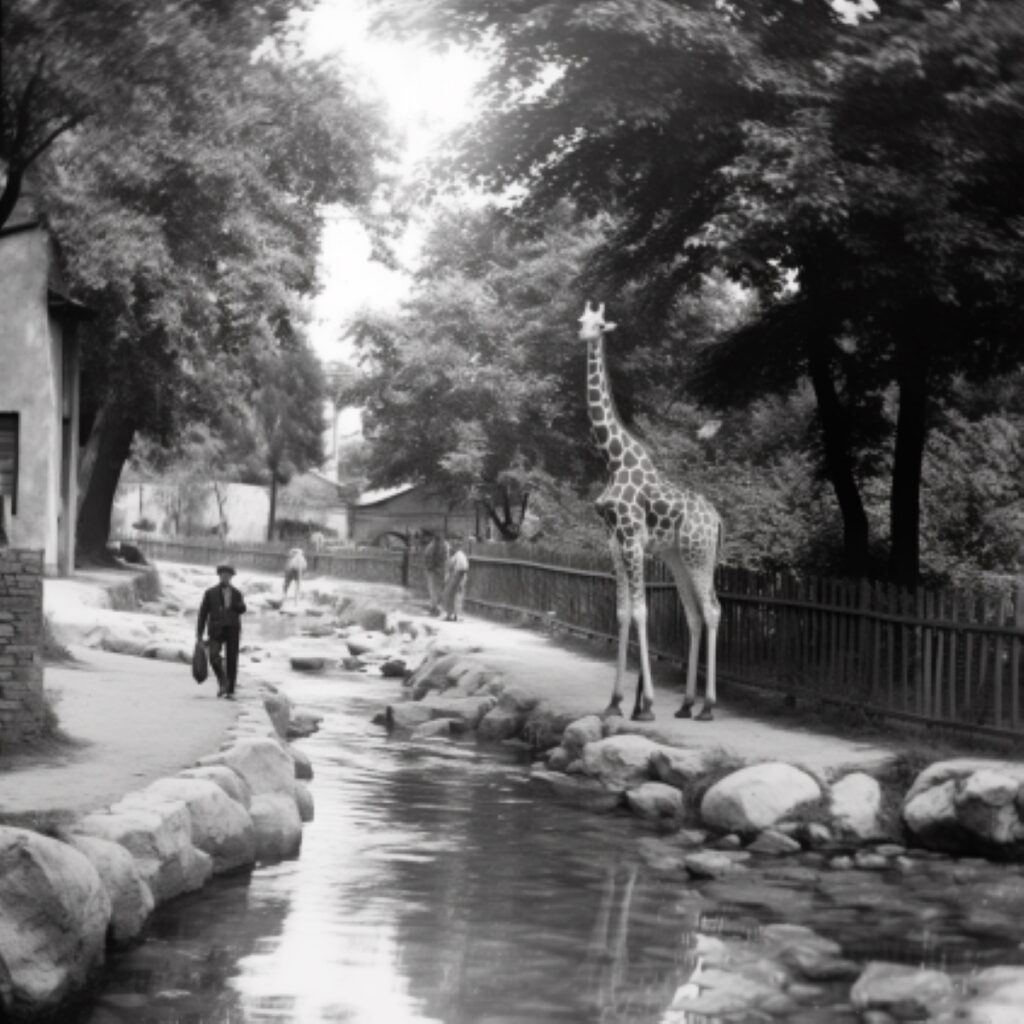
The Tulsa Zoo is a must-visit destination for animal lovers. This zoo is home to over 400 species of animals, including elephants, giraffes, and tigers. The zoo also features a variety of exhibits and attractions, including the Lost Kingdom exhibit, which features a variety of animals from Africa.
Conclusion
Tulsa is a city filled with history, culture, and stunning landmarks. From the Art Deco District to the Tulsa Zoo, there is something for everyone in this vibrant city. So pack your bags and get ready for an exciting adventure through Tulsa’s rich history!
Hotels and Accommodations
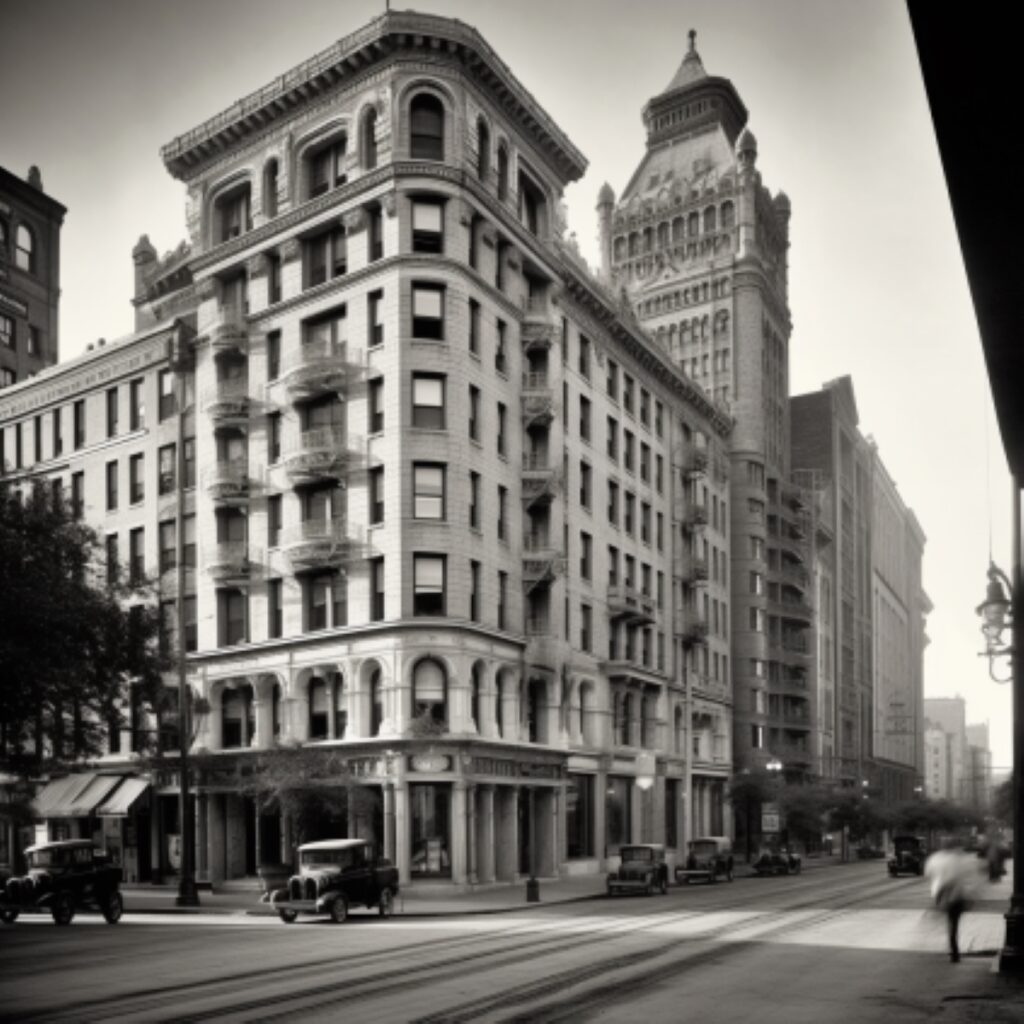
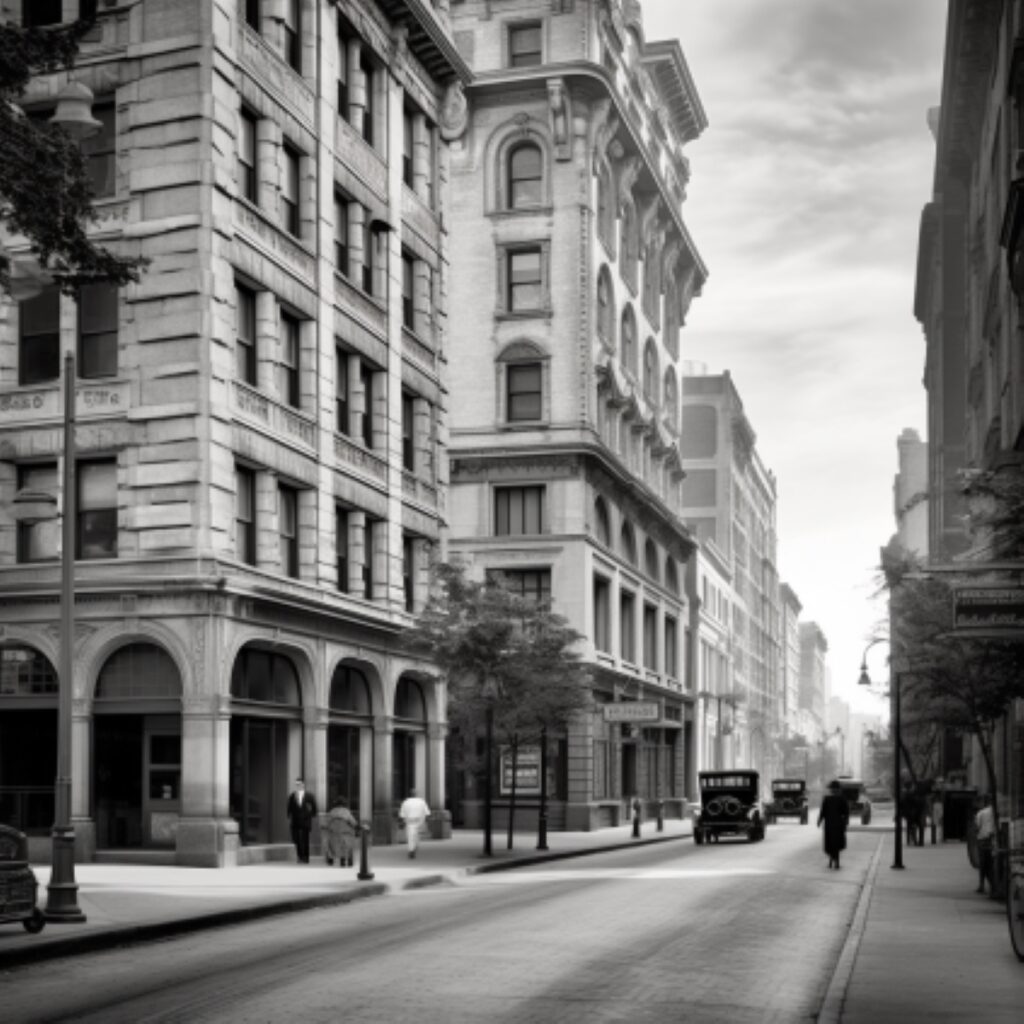
If you’re planning a trip to Tulsa, Oklahoma, you’ll need a place to stay. Luckily, there are plenty of options when it comes to hotels and accommodations in the area.
One of the most popular options is the Ambassador Hotel Tulsa. This historic hotel, located in the heart of downtown Tulsa, offers luxurious accommodations that are sure to impress. With its timeless decor and modern amenities, staying at the Ambassador Hotel Tulsa is like taking a step back in time to the golden age of travel.
If you’re looking for something a bit more budget-friendly, there are plenty of motels and hotels in the area that offer comfortable and affordable accommodations. These include chains such as Motel 6 and Super 8, as well as locally-owned options like the Mayo Hotel and the Tulsa Club Hotel.
No matter where you choose to stay, you’ll find that Tulsa’s hotels and accommodations are all conveniently located near the city’s many attractions and landmarks. From the Golden Driller statue to the Philbrook Museum of Art, there’s always something to see and do in Tulsa.
So why wait? Book your hotel or accommodation today and get ready to experience all that Tulsa has to offer!
The Impact of the Oil Industry
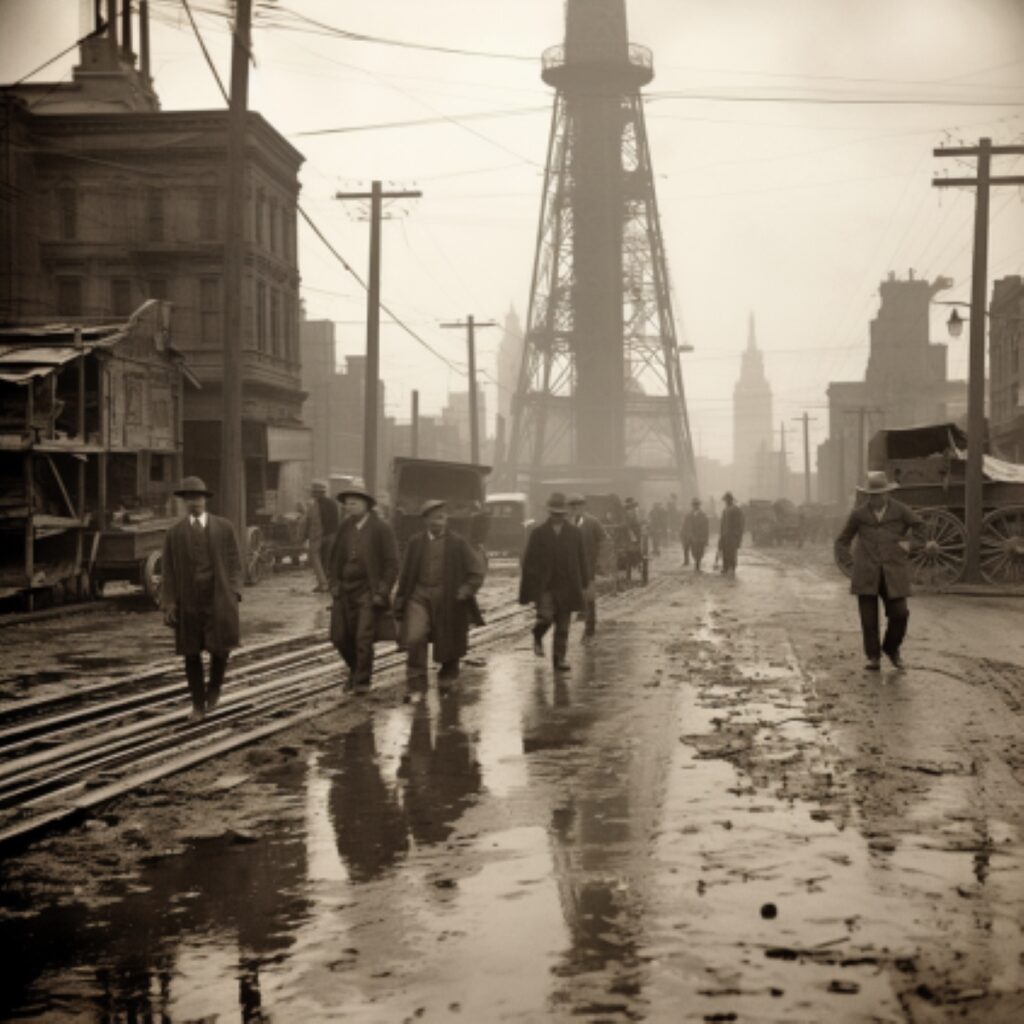
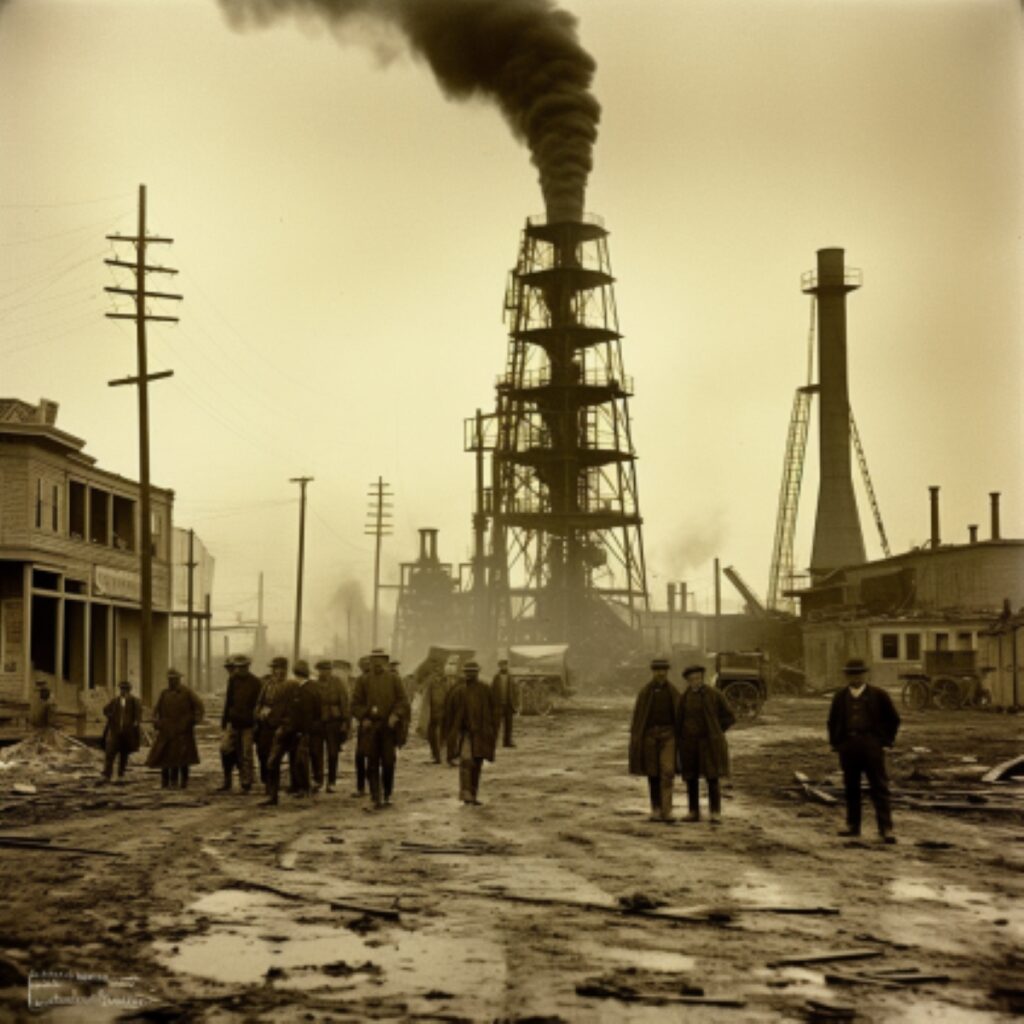
Tulsa, Oklahoma, is known as the “Oil Capital of the World” for good reason. The discovery of oil in the early 1900s led to a massive oil boom that transformed the city and the state. The oil industry brought wealth, jobs, and growth to Tulsa, making it one of the most prosperous cities in the United States.
The oil boom in Tulsa attracted many entrepreneurs and investors, including Waite Phillips, a prominent oilman and philanthropist. Phillips founded the Waite Phillips Company, a natural gas company that became one of the largest in the world. He also built the Philbrook Museum of Art, a stunning mansion that showcases his extensive art collection. Today, the museum is one of Tulsa’s top tourist attractions.
The petroleum industry in Tulsa also had a significant impact on the city’s architecture and skyline. Many of the city’s iconic buildings, such as the Philtower Building and the Tulsa Tribune Building, were built during the oil boom and reflect the Art Deco style that was popular at the time. These buildings are now listed on the National Register of Historic Places and are a testament to Tulsa’s rich history.
The oil industry in Tulsa has also had a lasting impact on the environment. While it brought economic growth and prosperity to the city, it also led to pollution and environmental degradation. Today, Tulsa is working to address these issues and promote sustainable practices in the oil and gas industry.
Overall, the impact of the oil industry on Tulsa has been immense. It has shaped the city’s history, economy, and culture, and continues to play a significant role in its development today. Whether you’re interested in history, architecture, or the environment, there’s something in Tulsa’s oil industry story that’s sure to excite you.
Tulsa’s Unique Natural Landscapes
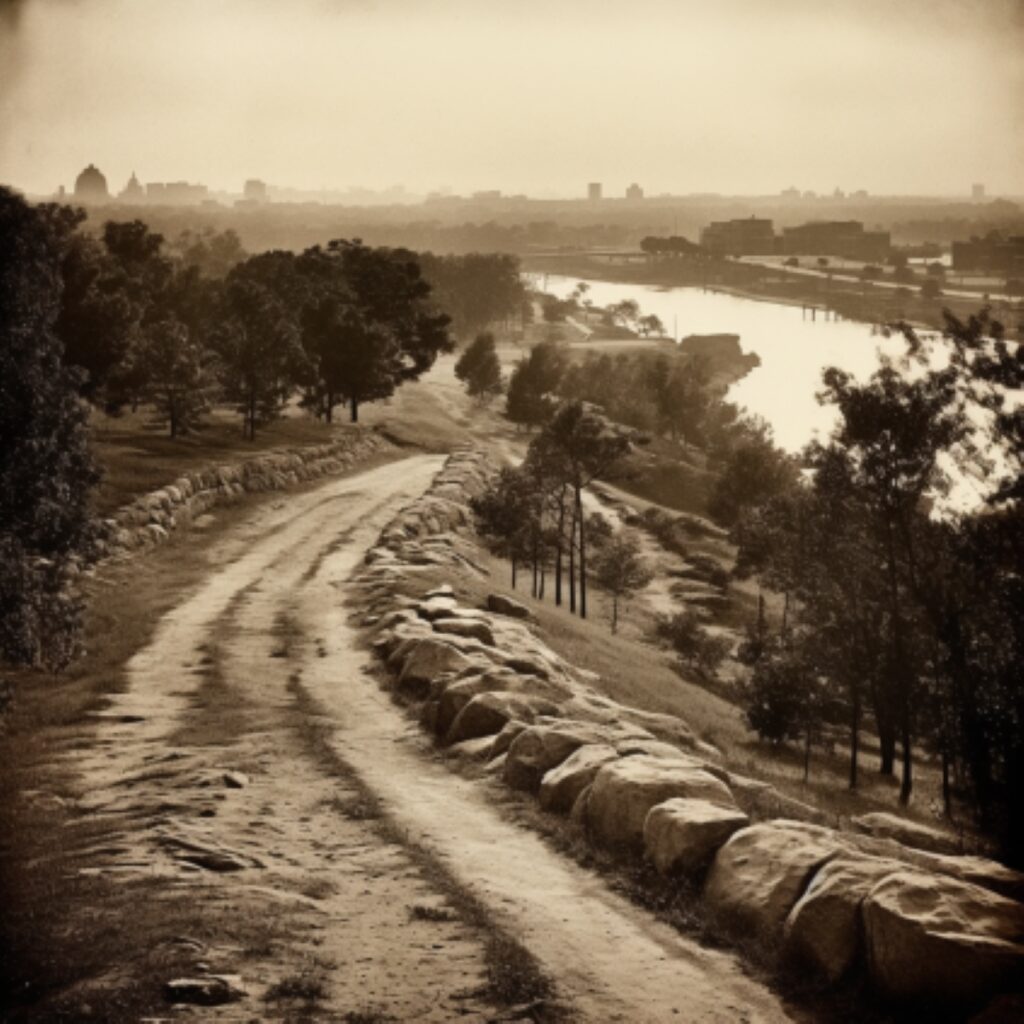
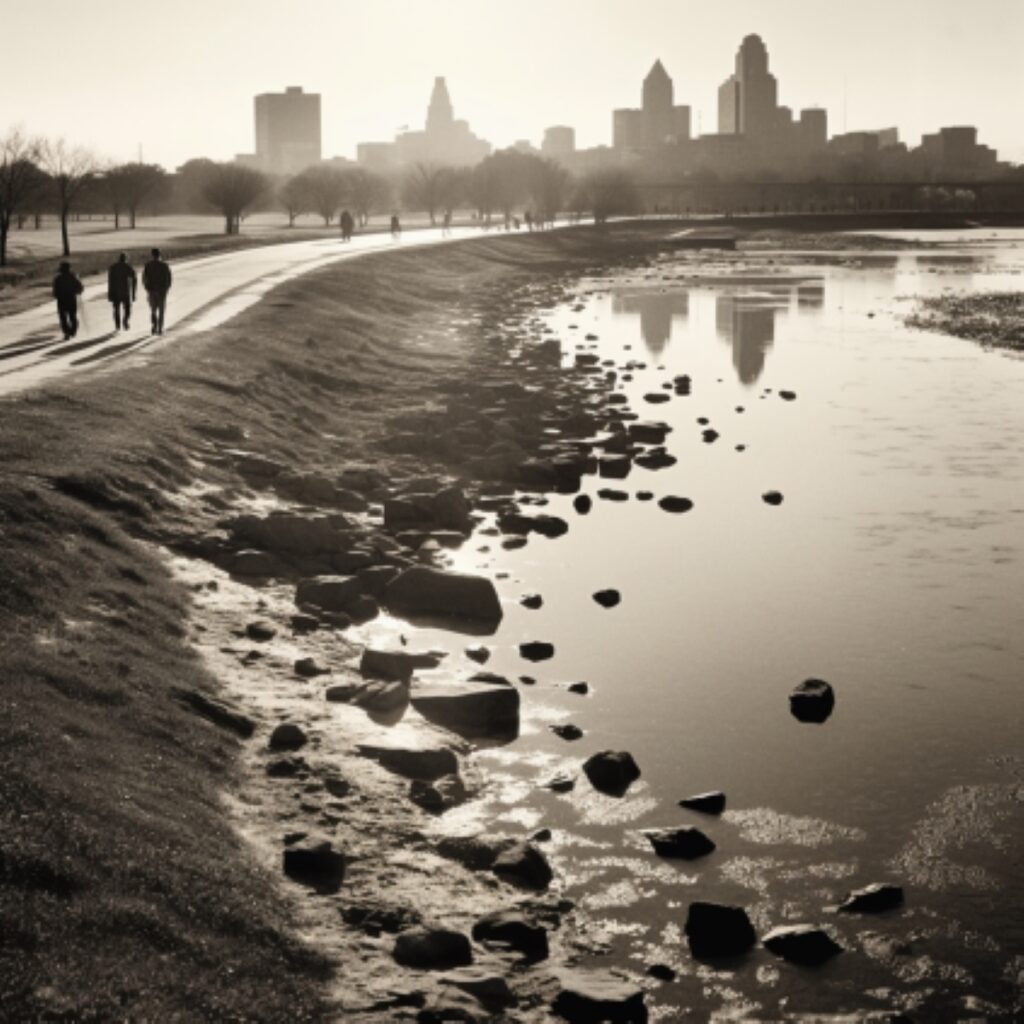
Tulsa is not only known for its historical sites and famous landmarks but also for its unique natural landscapes. The city is surrounded by rolling green hills and is situated along the Arkansas River, making it a perfect spot for nature lovers.
One of the best places to experience nature in Tulsa is at Woodward Park and Gardens. This park is a 45-acre oasis in the heart of the city and is home to over 6,000 species of plants and trees. You can take a leisurely stroll through the park’s many gardens, including the Tulsa Rose Garden, the Linnaeus Teaching Garden, and the Rock Garden. The park also features a beautiful pond and a walking trail that winds through the woods.
If you’re looking for a more adventurous experience, head to the Arkansas River. The river offers a variety of outdoor activities, including kayaking, canoeing, and fishing. You can also take a scenic walk or bike ride along the river’s many trails and enjoy the beautiful views of the surrounding hills.
Tulsa is also home to several nature preserves, including Oxley Nature Center and Turkey Mountain Urban Wilderness Area. These preserves offer miles of hiking and biking trails, as well as opportunities to spot local wildlife like deer, foxes, and birds.
Overall, Tulsa’s unique natural landscapes offer a perfect escape from the hustle and bustle of city life. Whether you’re looking for a peaceful walk through a park or an adventurous day on the river, Tulsa has something for everyone.
Conclusion
Congratulations! You have just discovered some of the most exciting historical sites and famous landmarks in Tulsa, Oklahoma. With its rich history and cultural diversity, Tulsa has something for everyone.
From the iconic Golden Driller Statue to the Greenwood Cultural Center and its tribute to the city’s tragic 1921 racial violence, you will find a variety of landmarks that reflect the city’s past and present. The National Register of Historic Places is an inventory of our cultural achievements, and Tulsa has several properties listed that are worth visiting.
Whether you are a history buff, an architecture enthusiast, or just looking for a fun day out with family and friends, Tulsa offers a wide range of options. You can explore the city’s development since the 1950s, which has been related to its location to Interstates 44 and 244 as well as to State Highways 11, 51, 64, 75, 169, and 412. A number of toll roads, including the Creek, Will Rogers, Cimarron, and Turner turnpikes, connect Tulsa to other regional cities.
In conclusion, Tulsa is a city with a rich history and cultural diversity that is reflected in its landmarks and historical sites. Whether you are a local or a visitor, there is always something new to discover in this vibrant city. So, what are you waiting for? Pack your bags and head to Tulsa to explore these amazing landmarks and historical sites for yourself!
Frequently Asked Questions
What is the significance of the Golden Driller statue in Tulsa?
The Golden Driller statue in Tulsa is a symbol of the city’s oil industry. The statue stands at 75 feet tall and is the fifth tallest statue in the United States. It was built in 1953 and is made of concrete and steel. The statue was originally built as a temporary attraction for the International Petroleum Exposition but was later made permanent due to its popularity. Today, the Golden Driller is a beloved landmark and a source of pride for the people of Tulsa.
What are some must-see historical sites in Tulsa?
Tulsa is home to many historical sites that are worth a visit. Some of the must-see historical sites in Tulsa include the Philbrook Museum of Art, the Tulsa Historical Society and Museum, and the Tulsa Air and Space Museum & Planetarium. These sites offer a glimpse into Tulsa’s rich history and culture.
Which Route 66 landmarks can be found in Tulsa?
Tulsa is a city that is steeped in Route 66 history. Some of the Route 66 landmarks that can be found in Tulsa include the Blue Whale of Catoosa, the Meadow Gold Neon Sign, and the Cyrus Avery Centennial Plaza. These landmarks are a testament to the city’s importance as a stop along the historic Route 66.
What is the history behind the Route 66 Historical Village in Tulsa?
The Route 66 Historical Village in Tulsa is a collection of historic buildings that have been preserved and restored to their original condition. The village is home to the 1924 Avery Building, which was once a gas station and is now a museum. The village also includes a 1930s-style diner, a gift shop, and a replica of a 1920s filling station. The village is a great place to learn about the history of Route 66 and the role that Tulsa played in its development.
What are the top three landmarks to visit in Oklahoma?
Oklahoma is home to many landmarks that are worth a visit. Some of the top landmarks to visit in Oklahoma include the Oklahoma City National Memorial & Museum, the Philbrook Museum of Art in Tulsa, and the Chickasaw Cultural Center in Sulphur. These landmarks offer a glimpse into Oklahoma’s rich history and culture.
Is there a designated historic district in Tulsa?
Yes, there is a designated historic district in Tulsa. The Brady Heights Historic District is a neighborhood that is listed on the National Register of Historic Places. The district is located just north of downtown Tulsa and is home to many historic homes and buildings. The district is a great place to take a walk and admire the architecture of Tulsa’s past.

